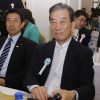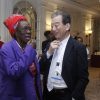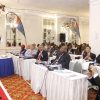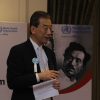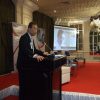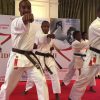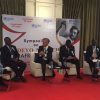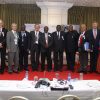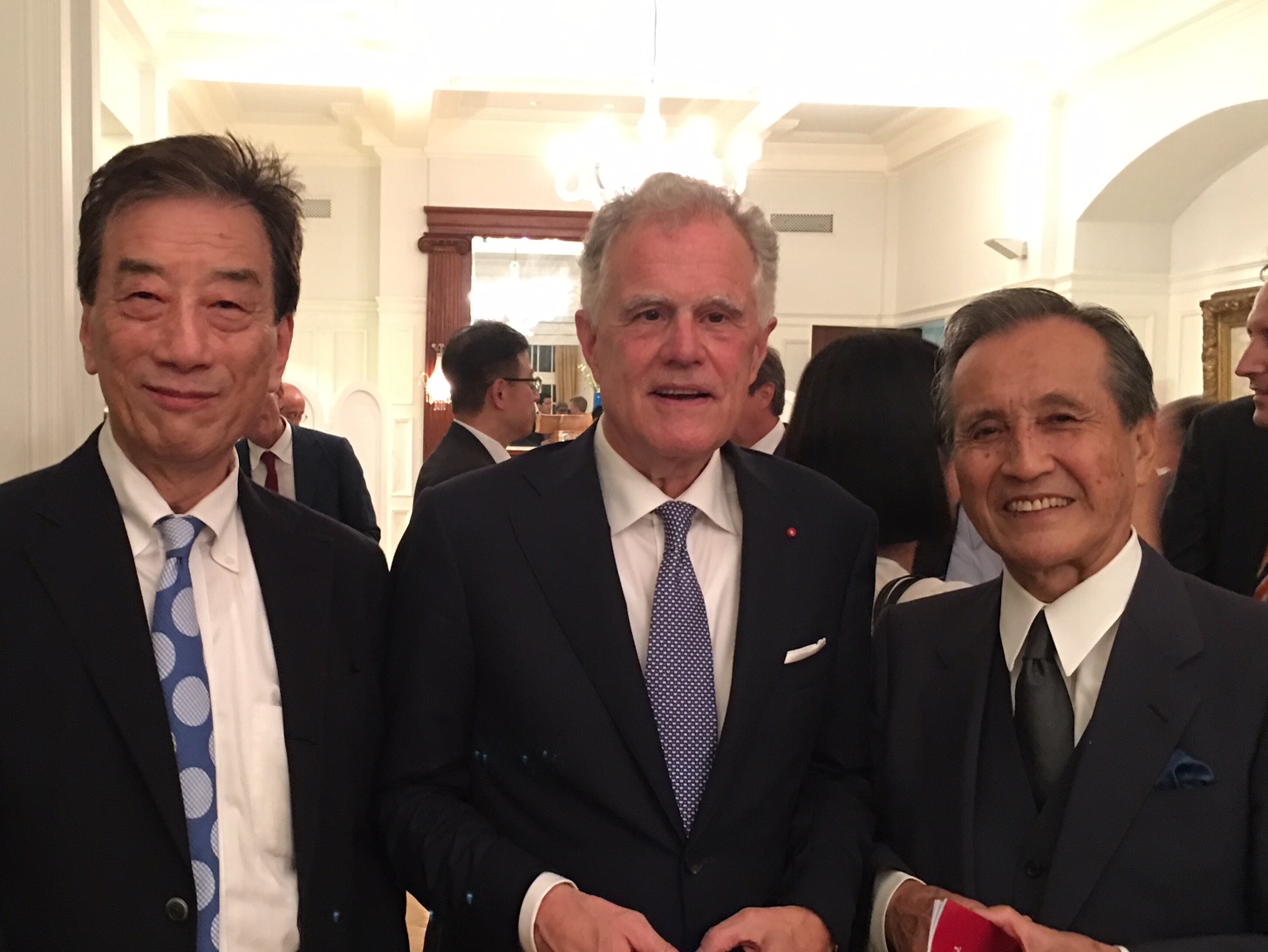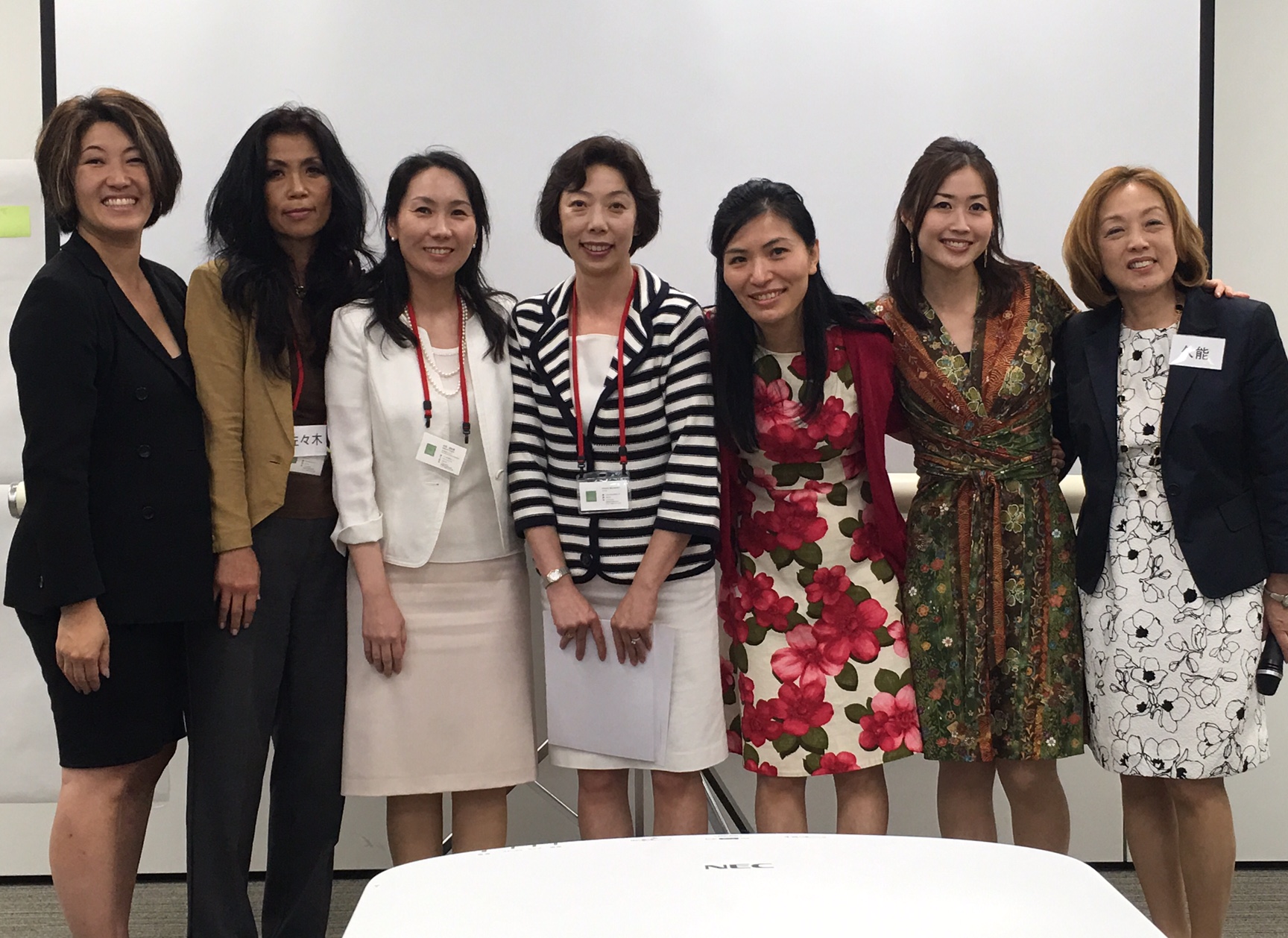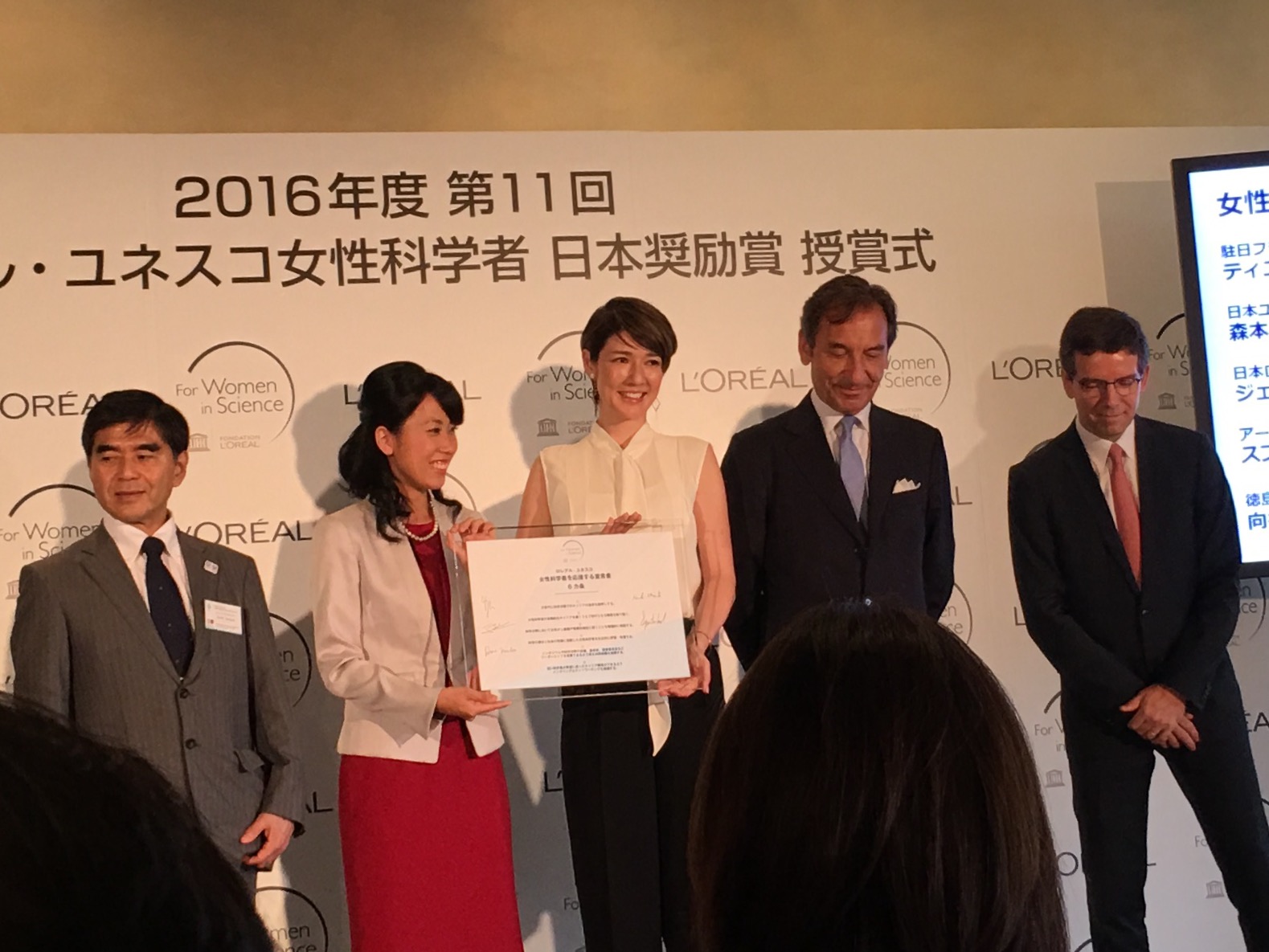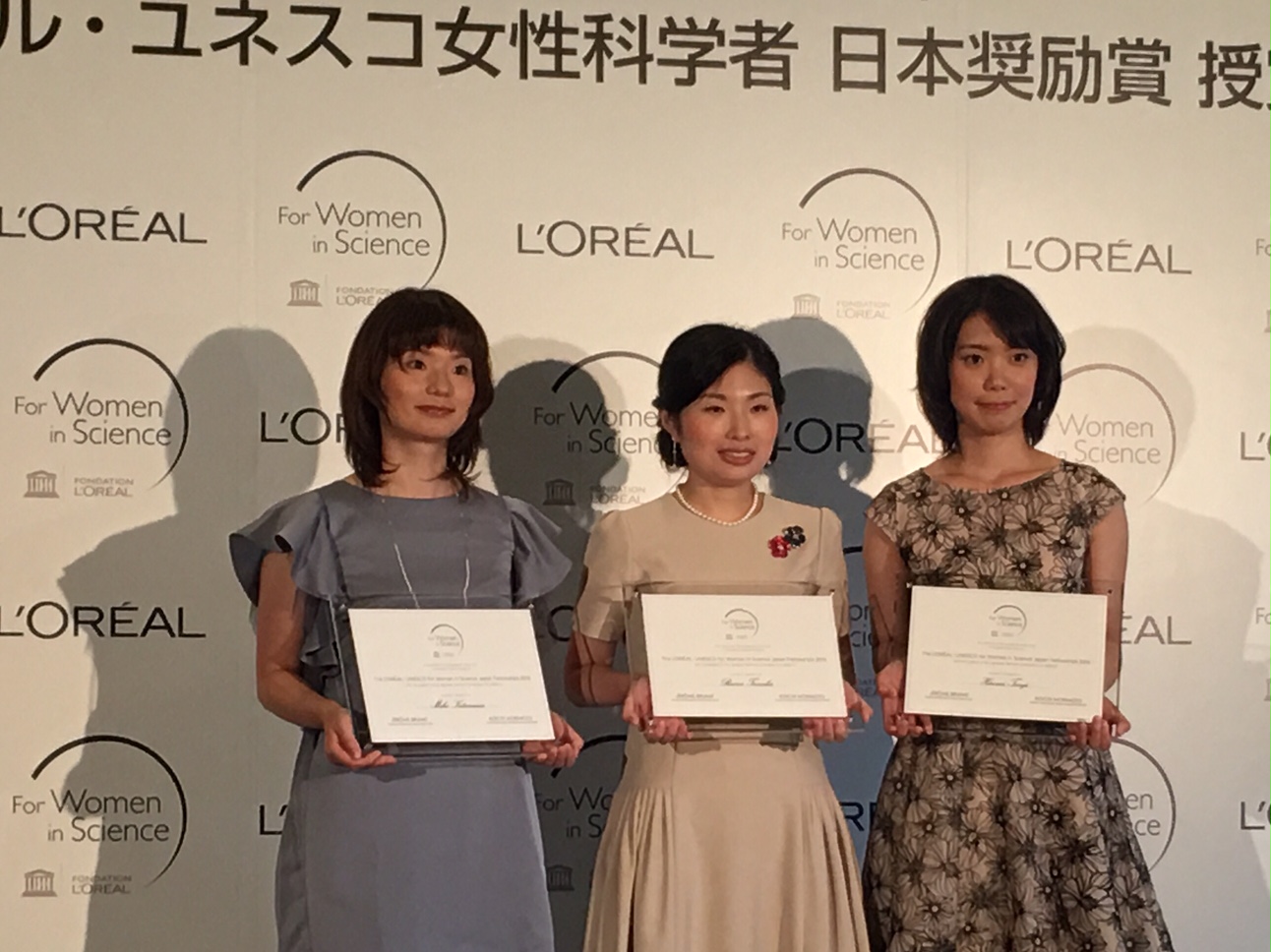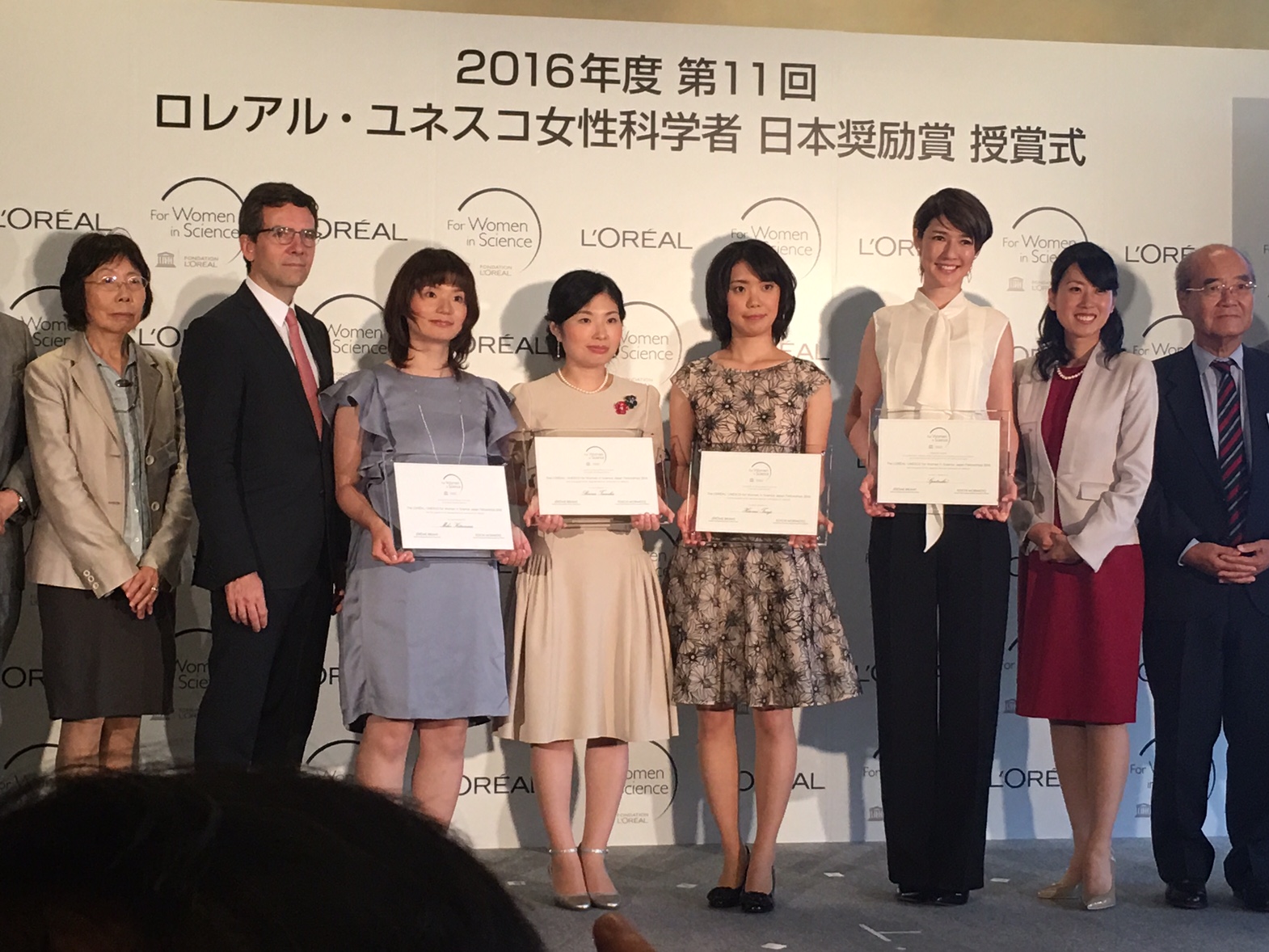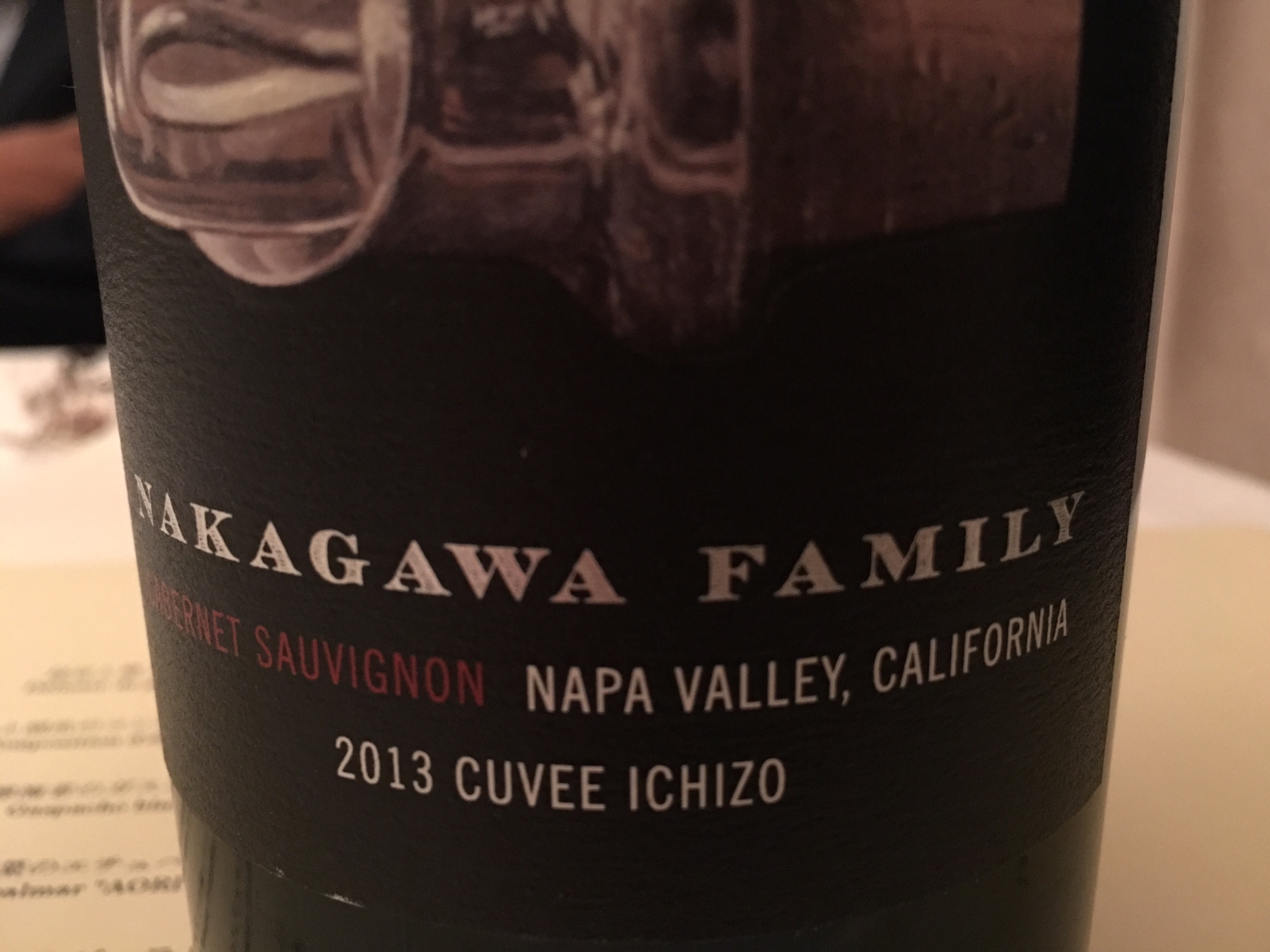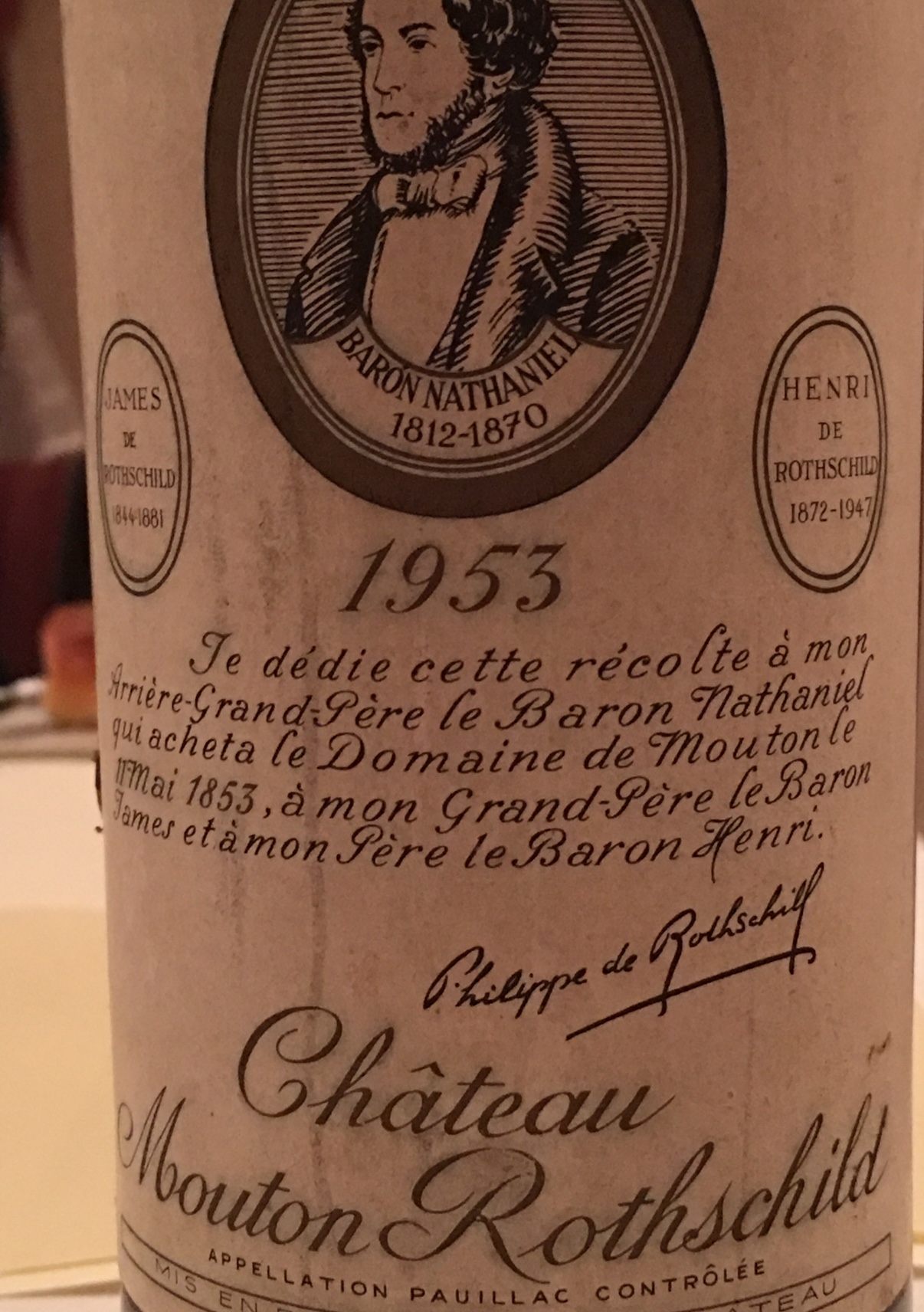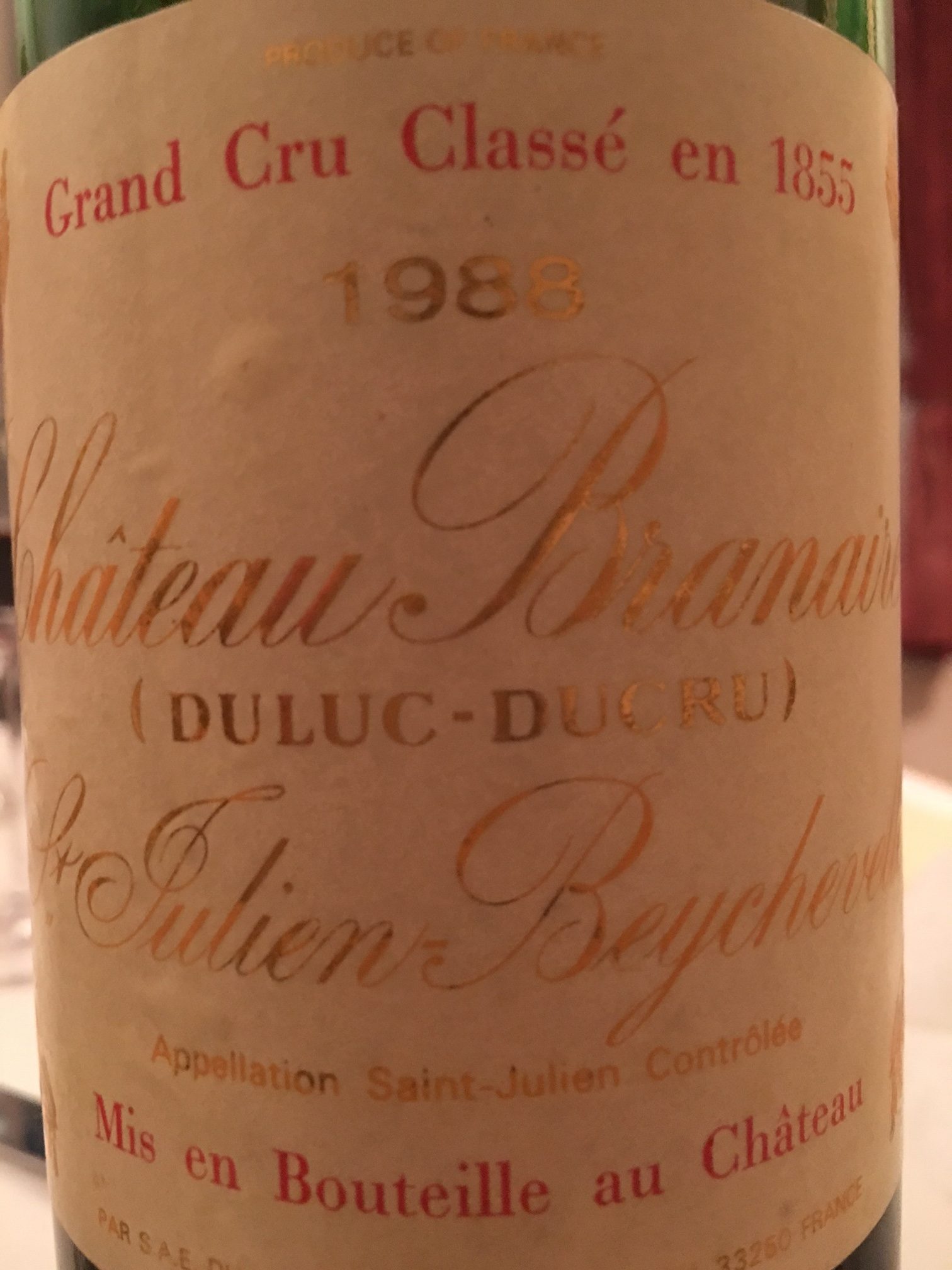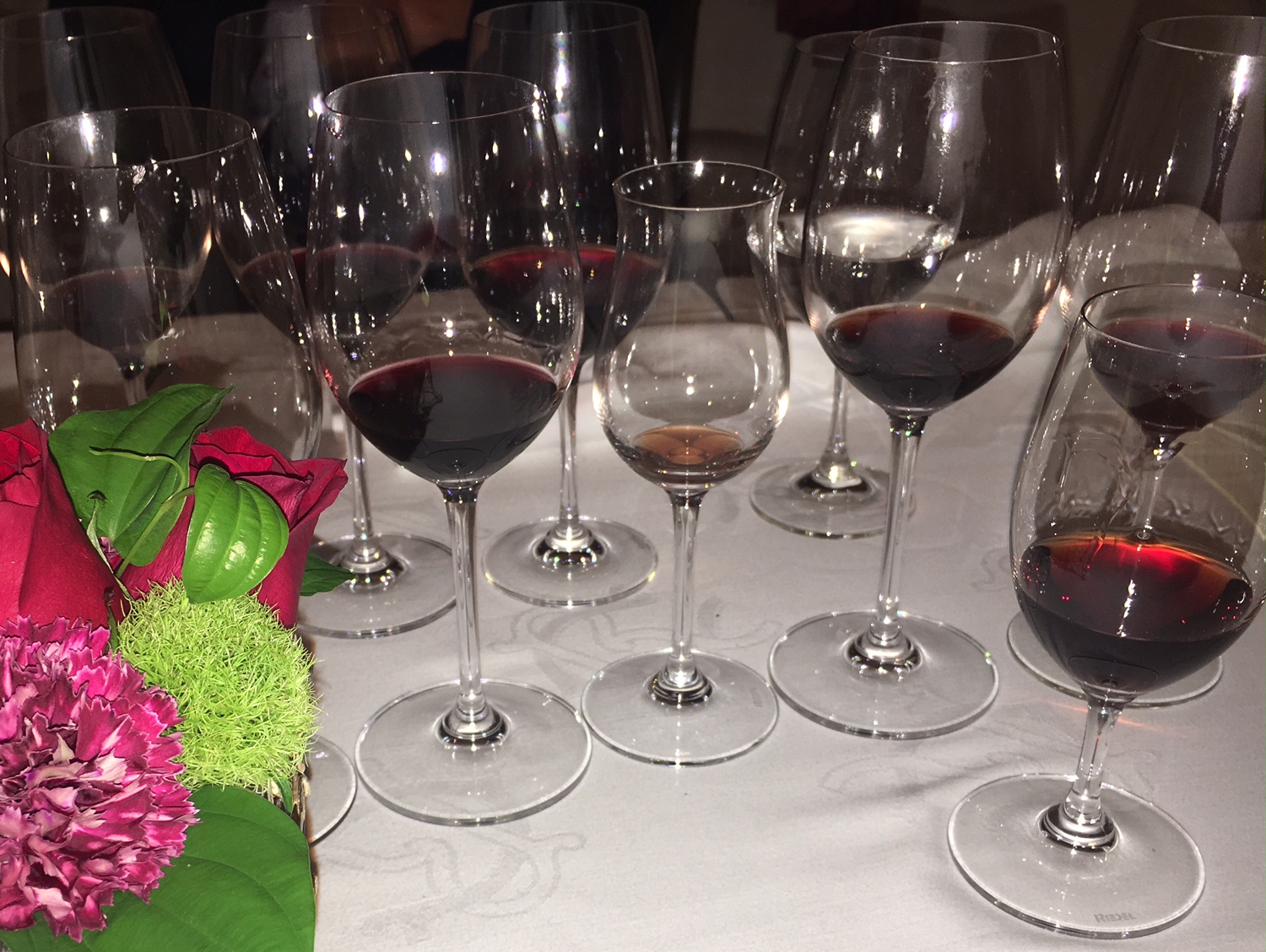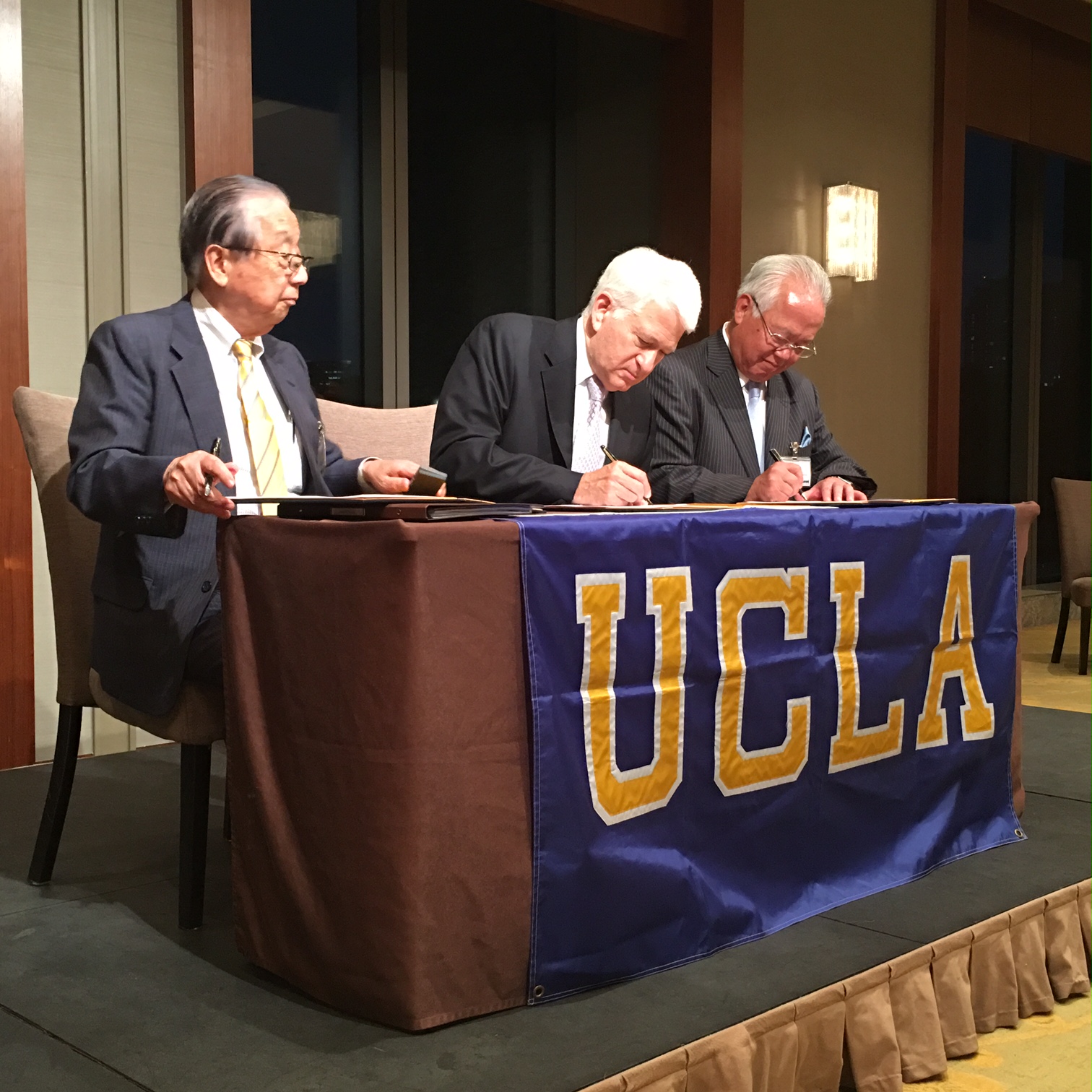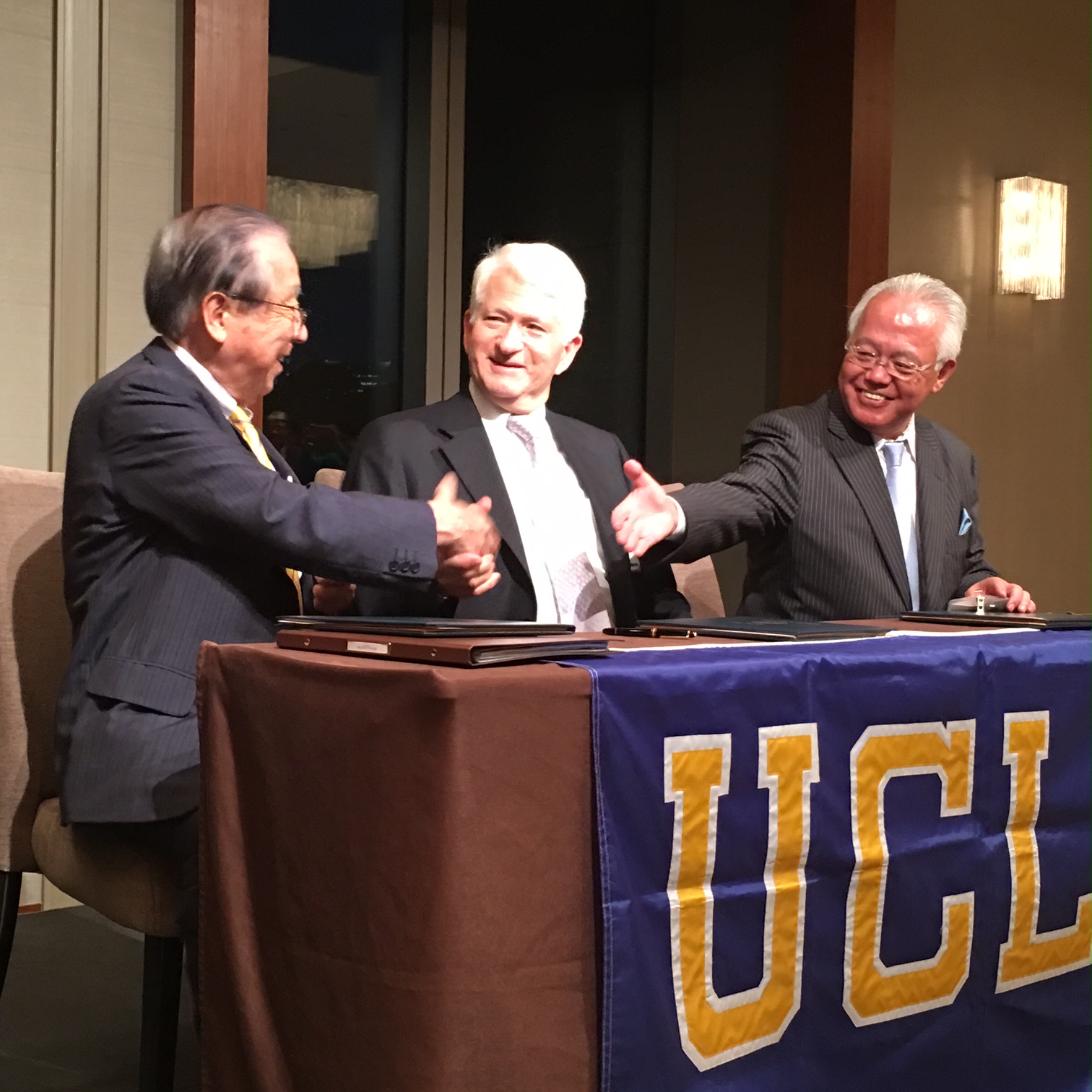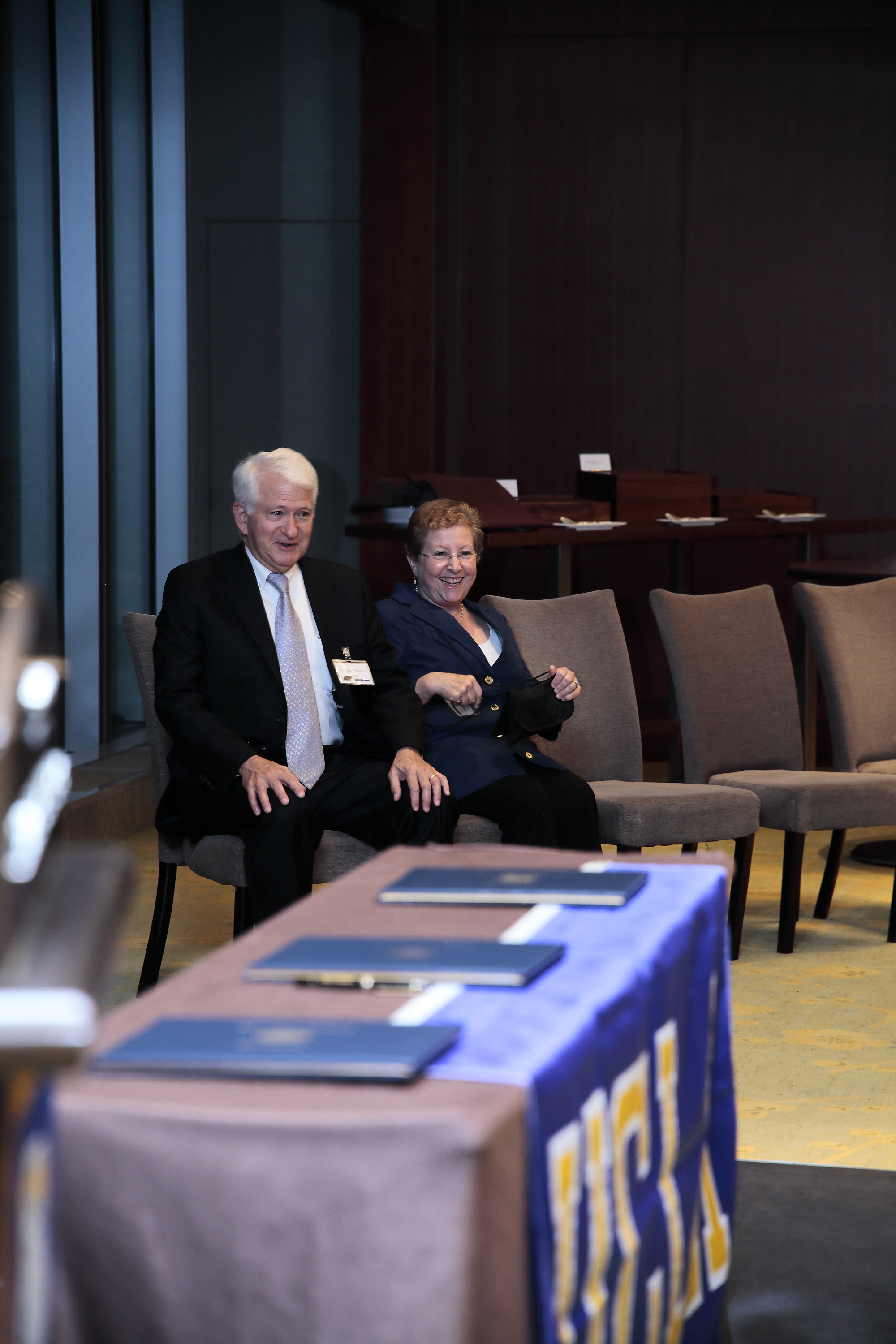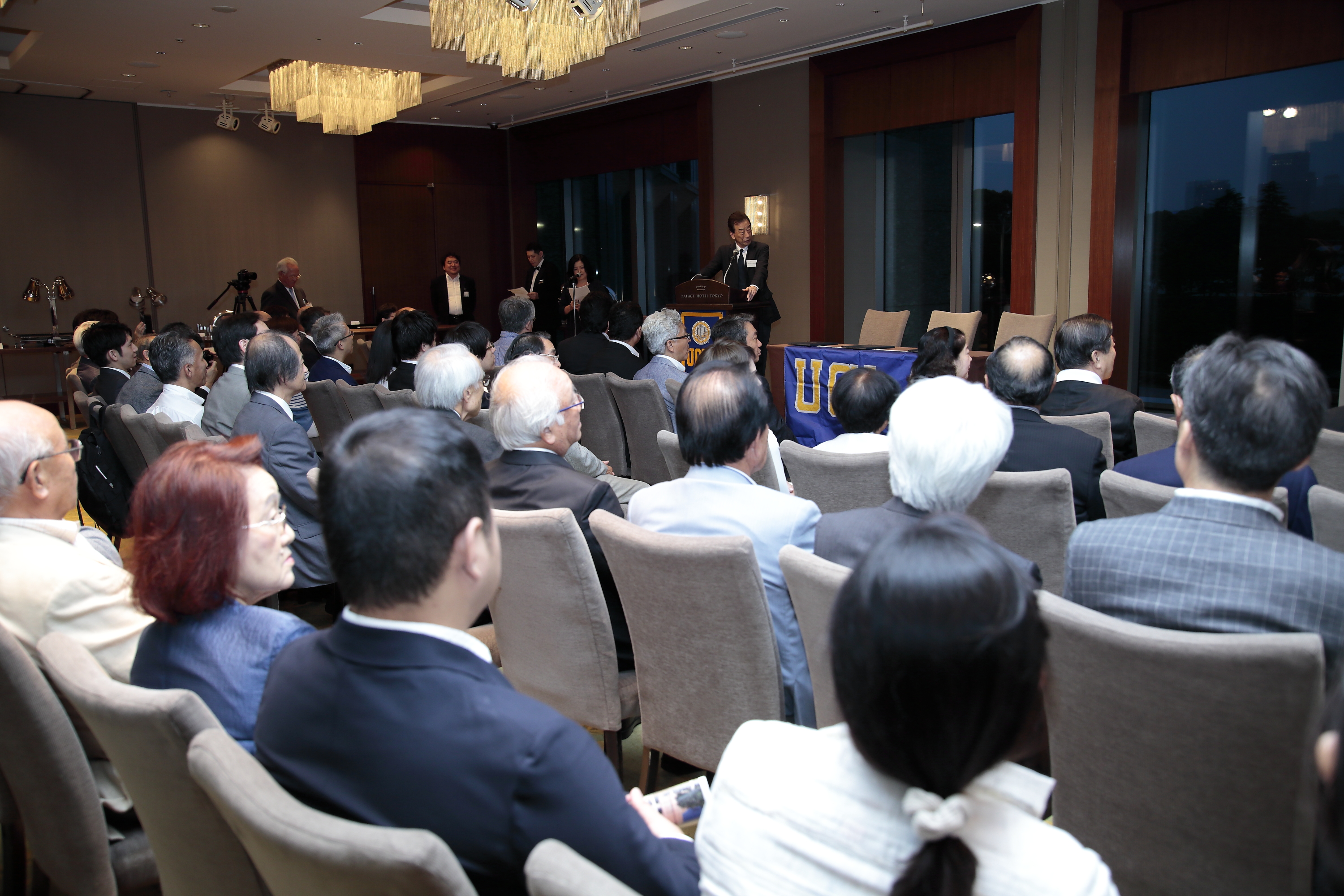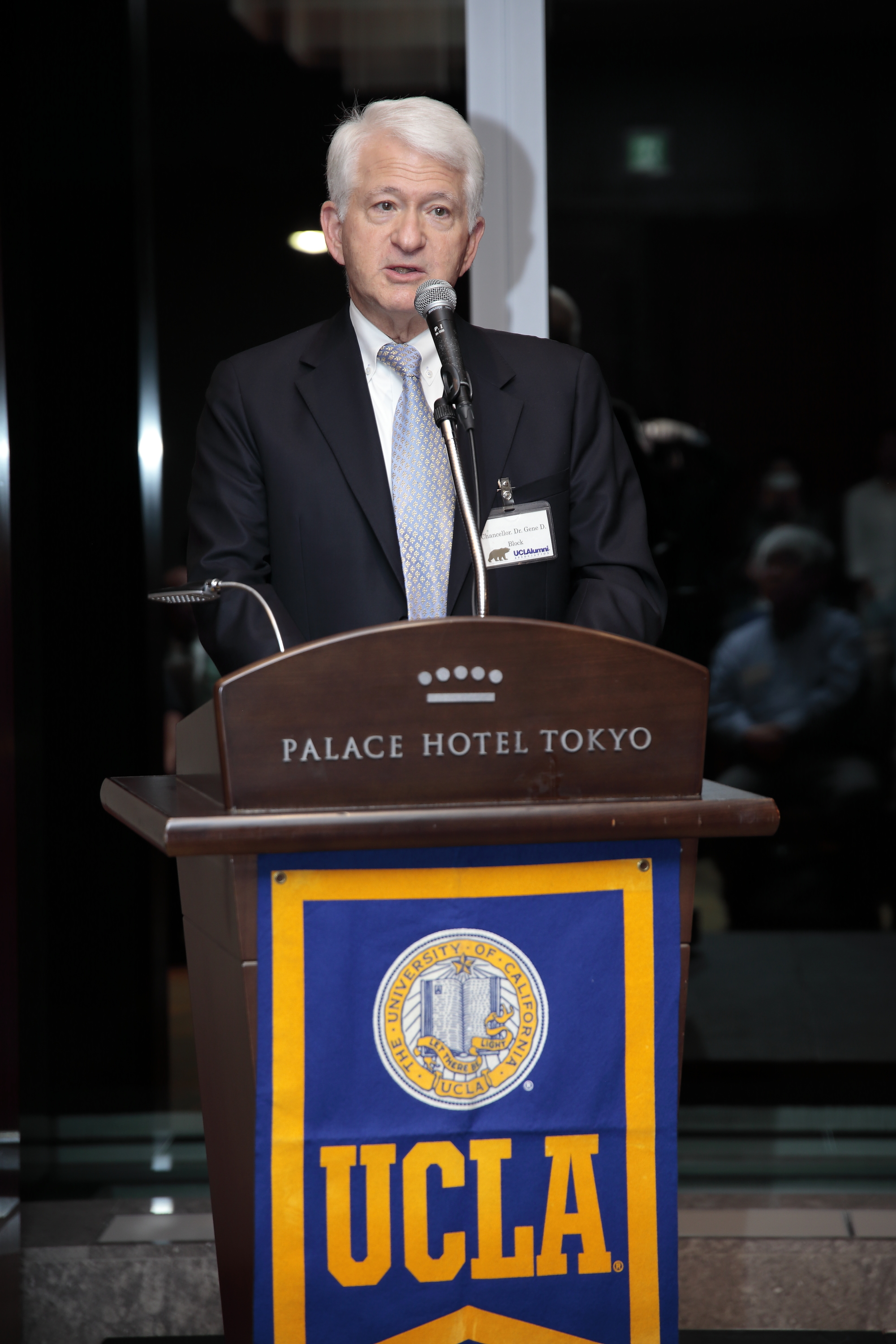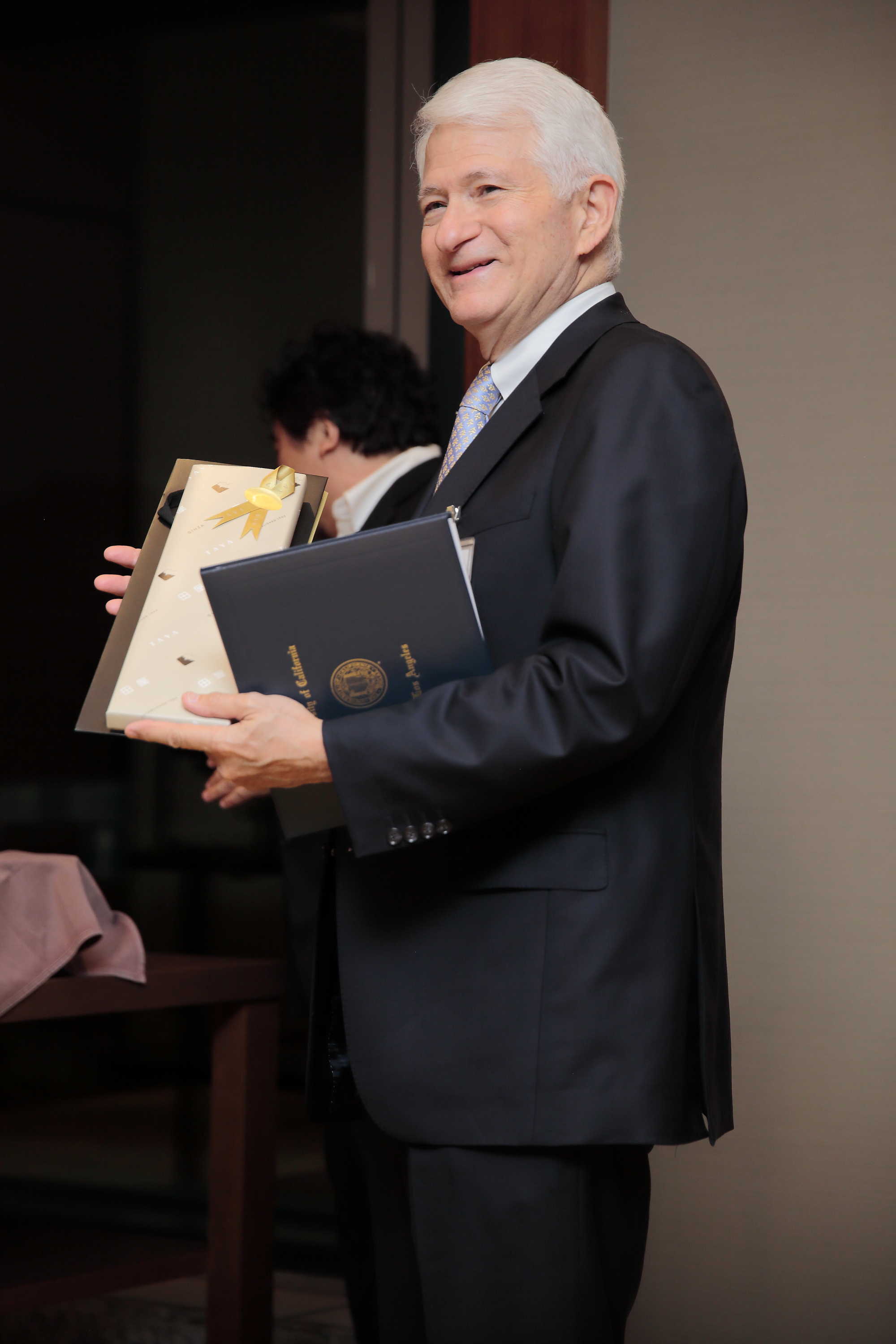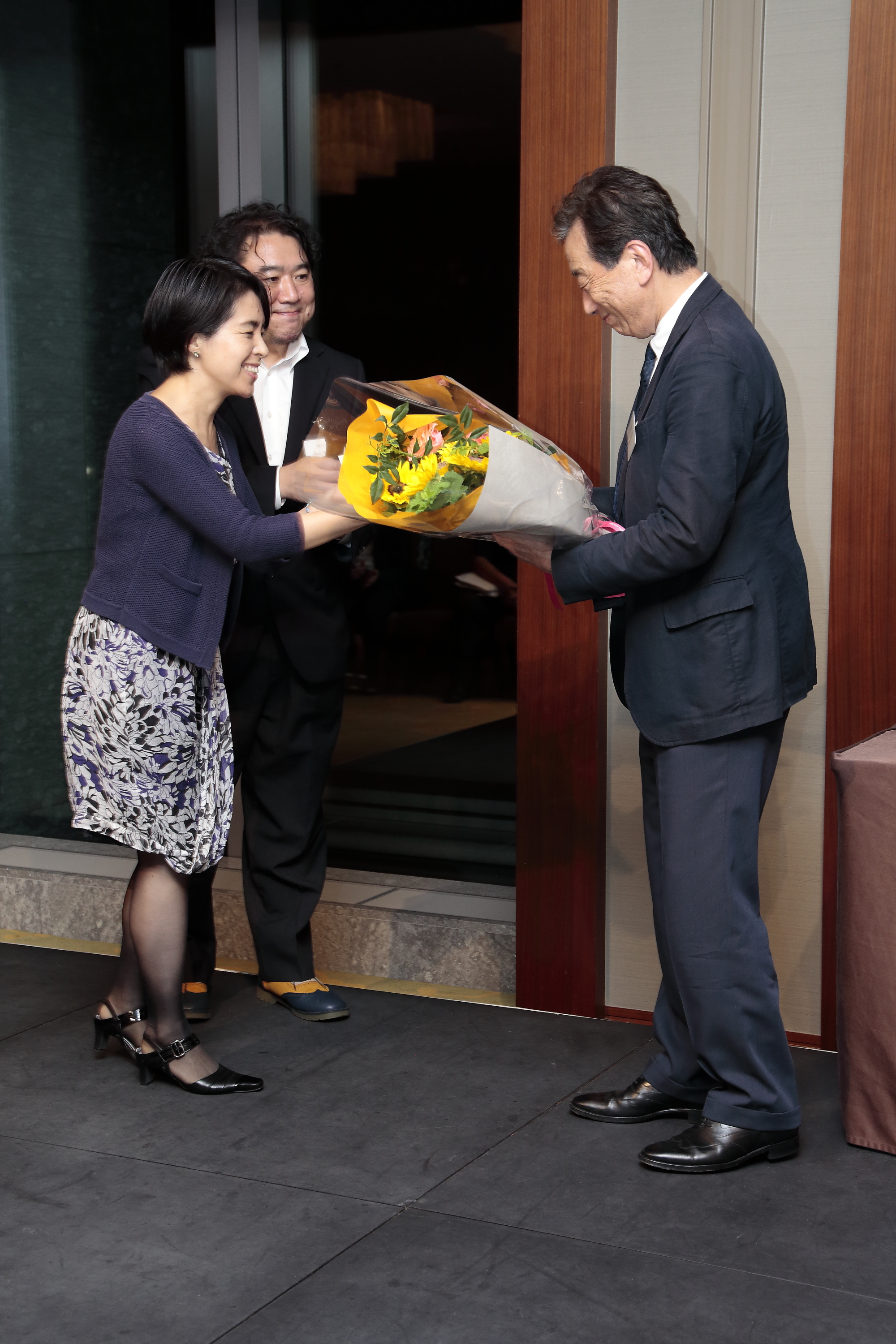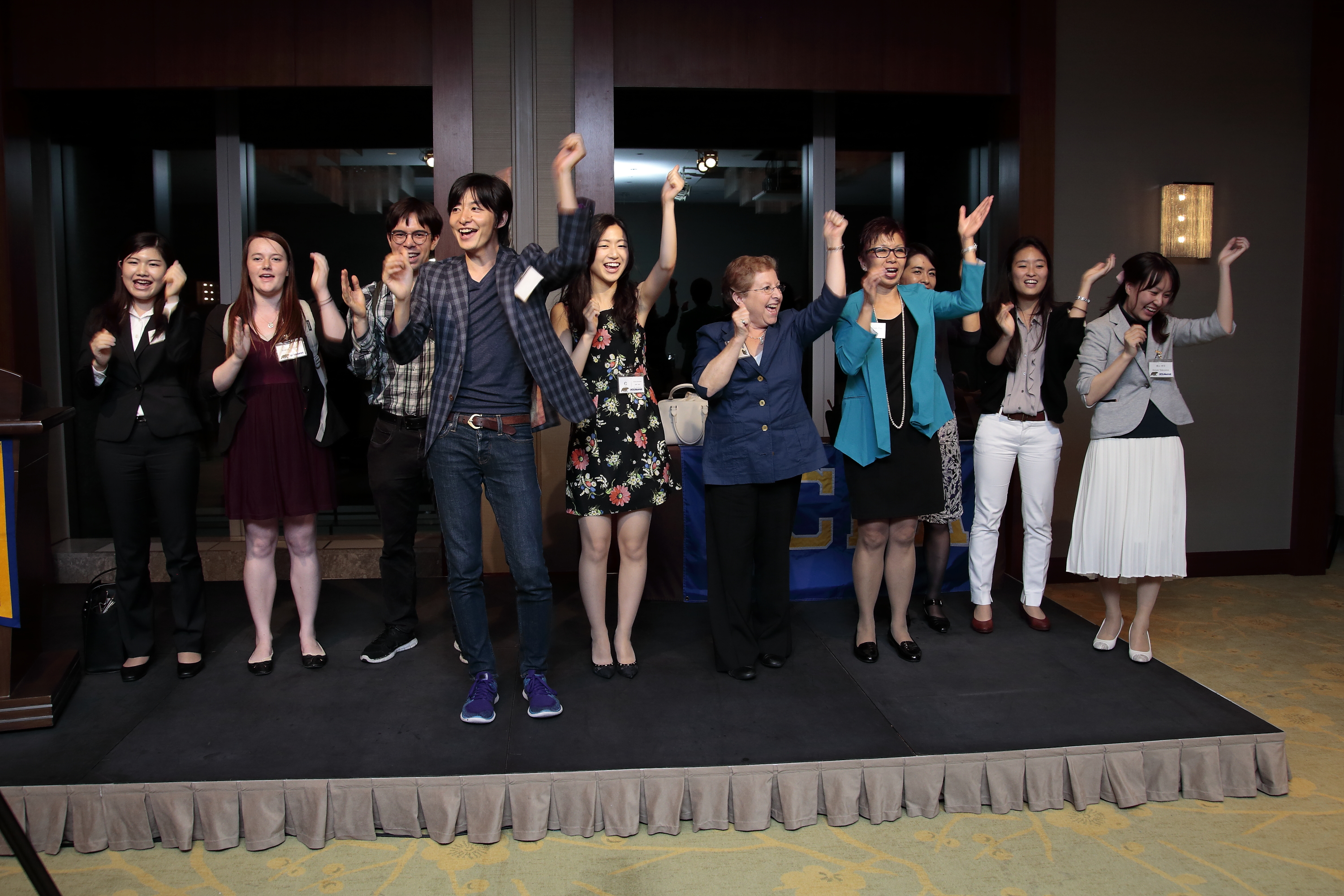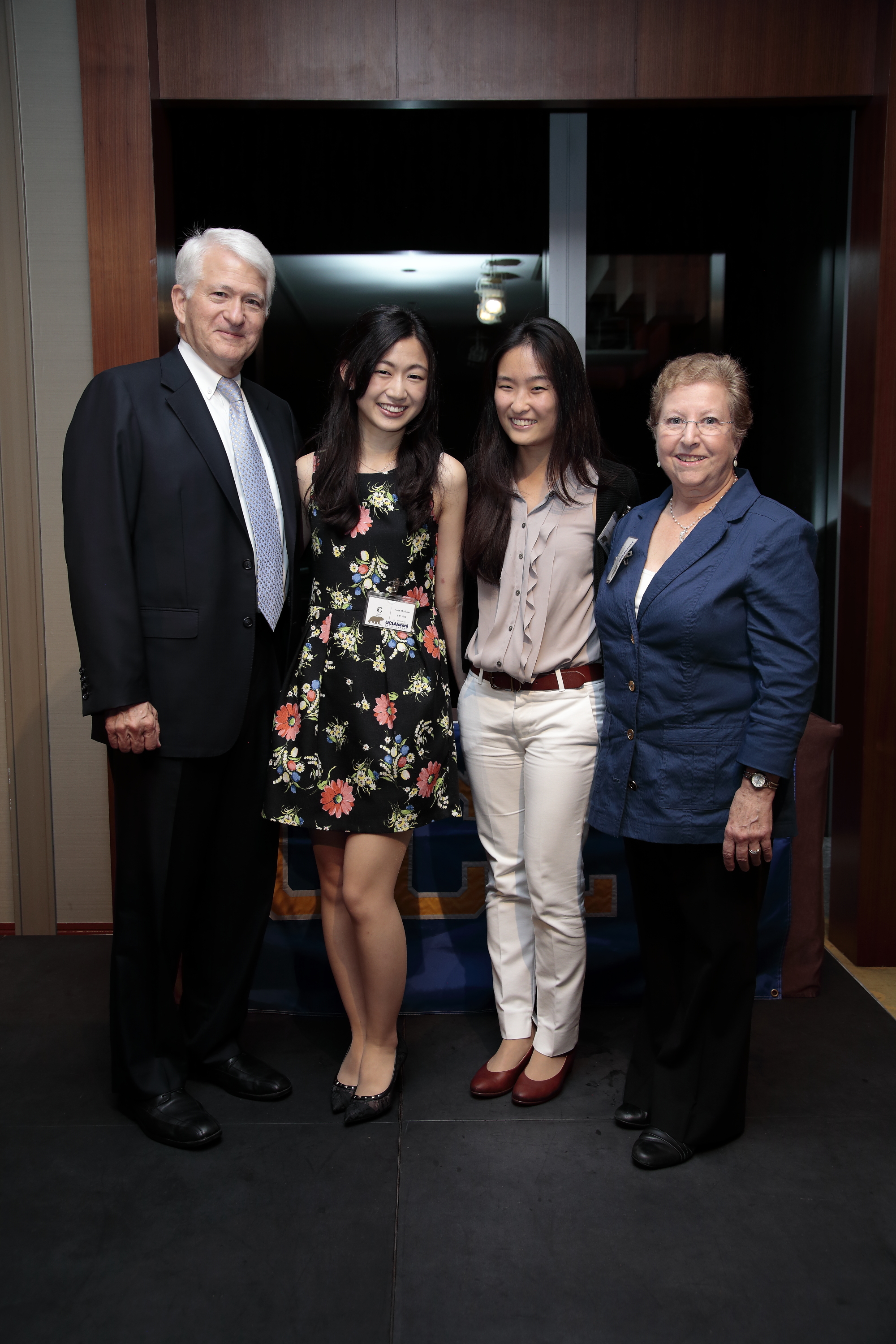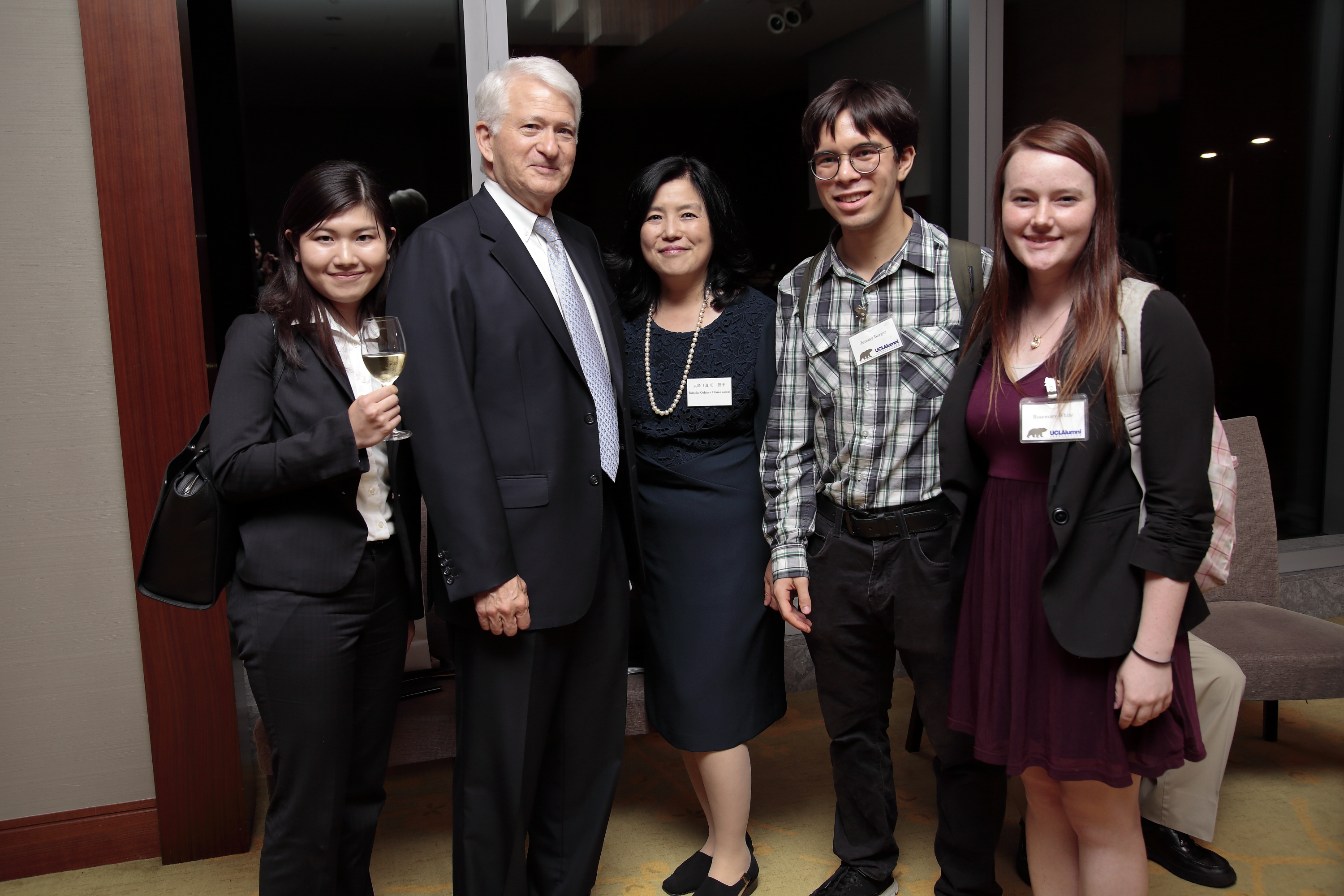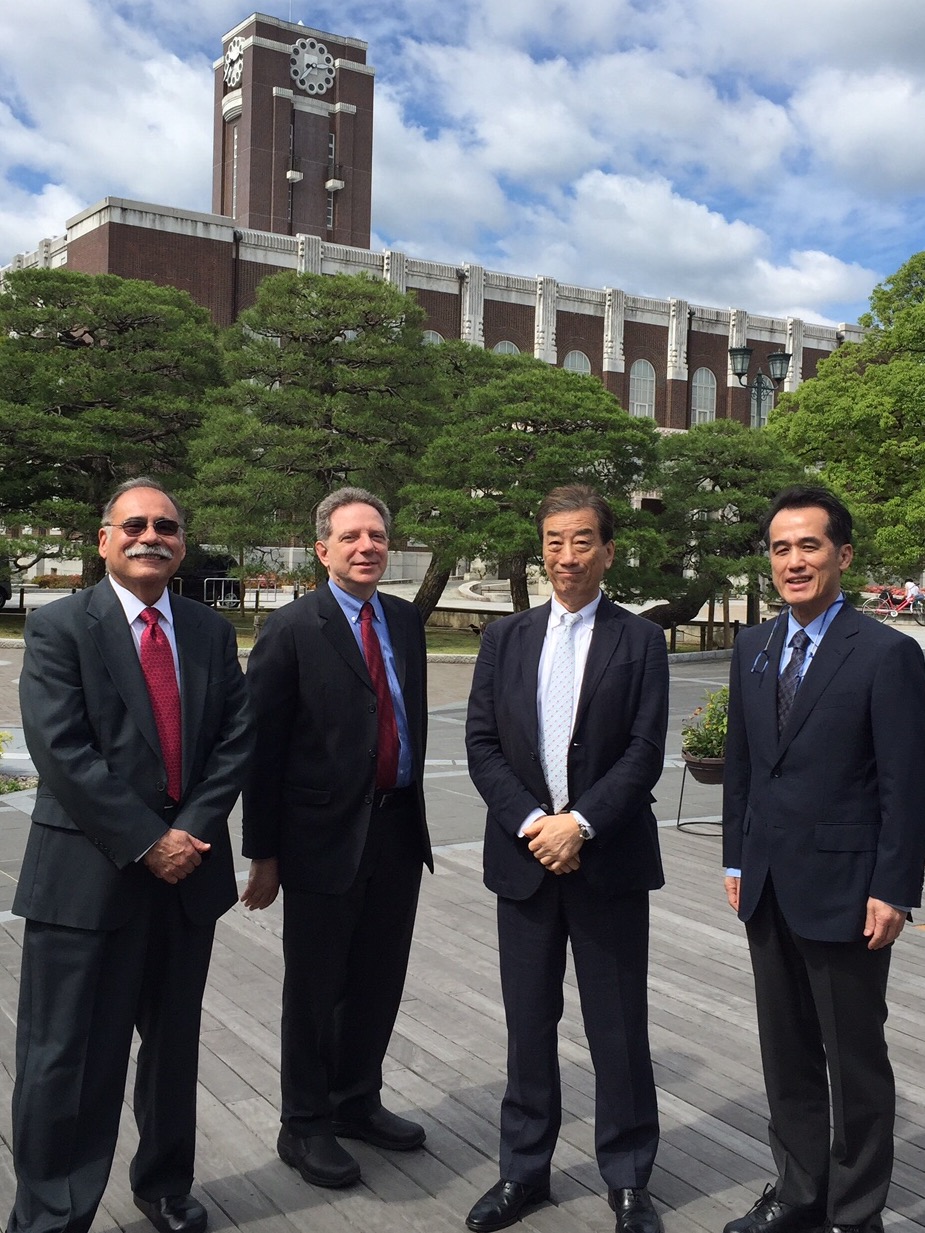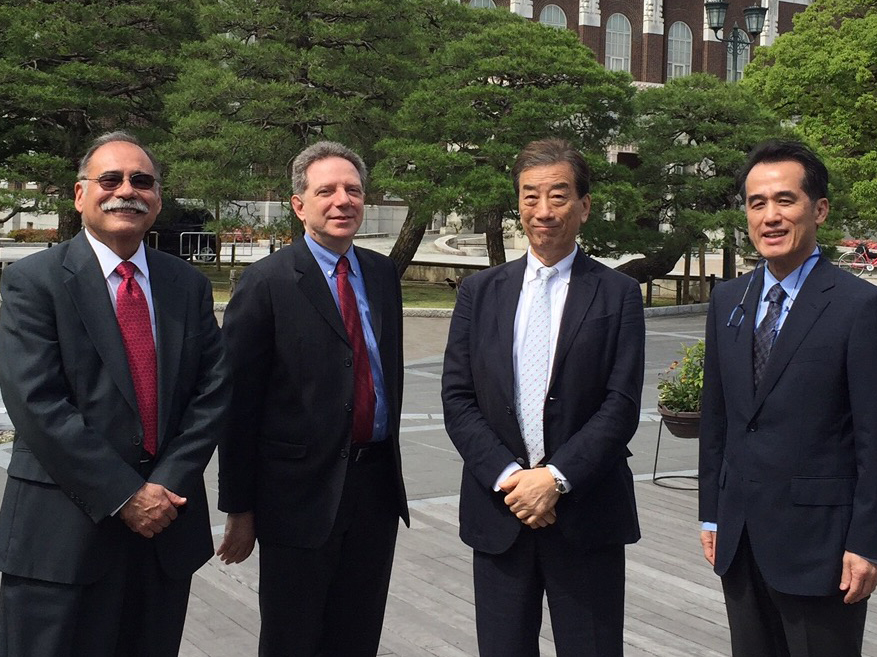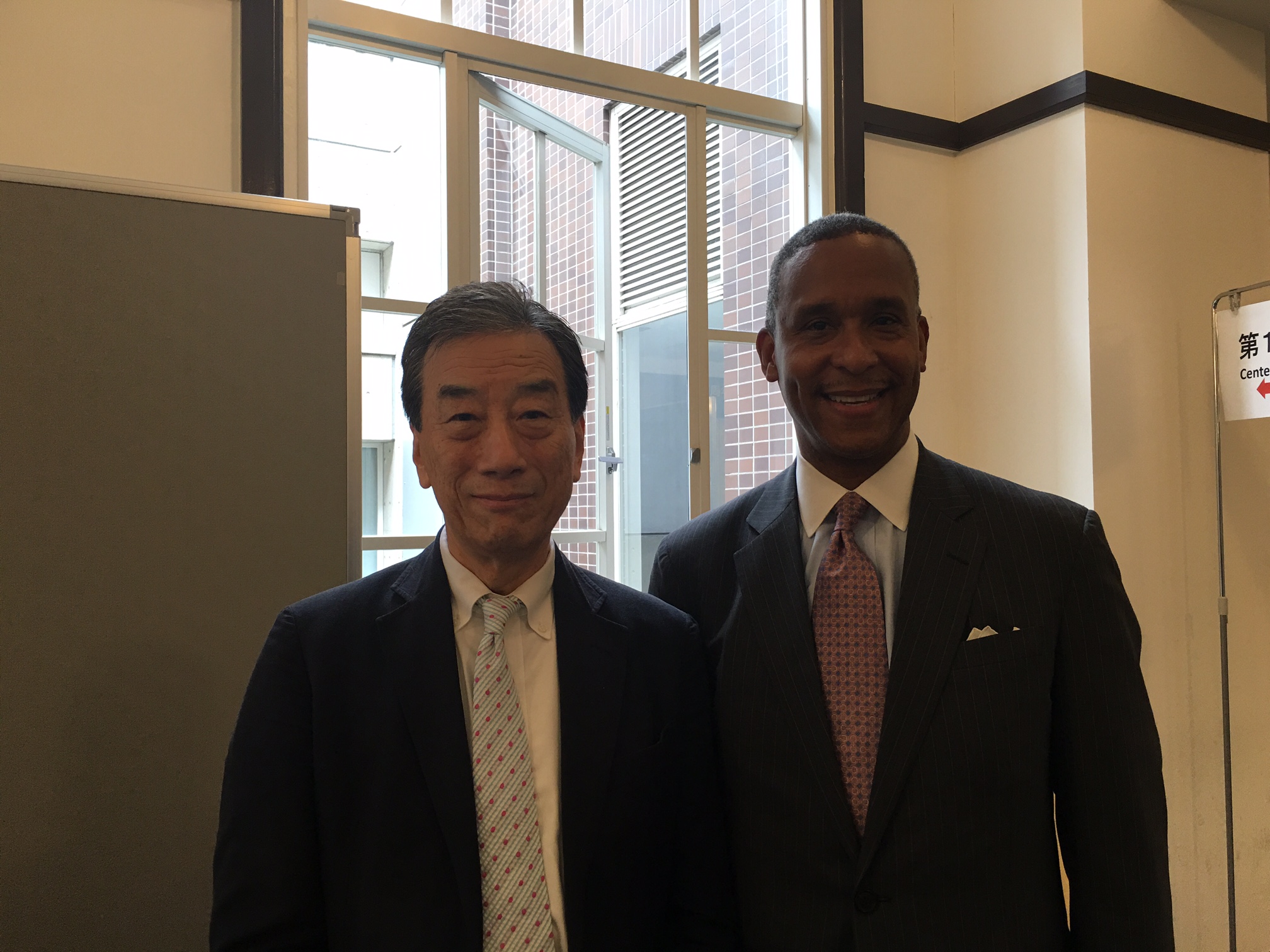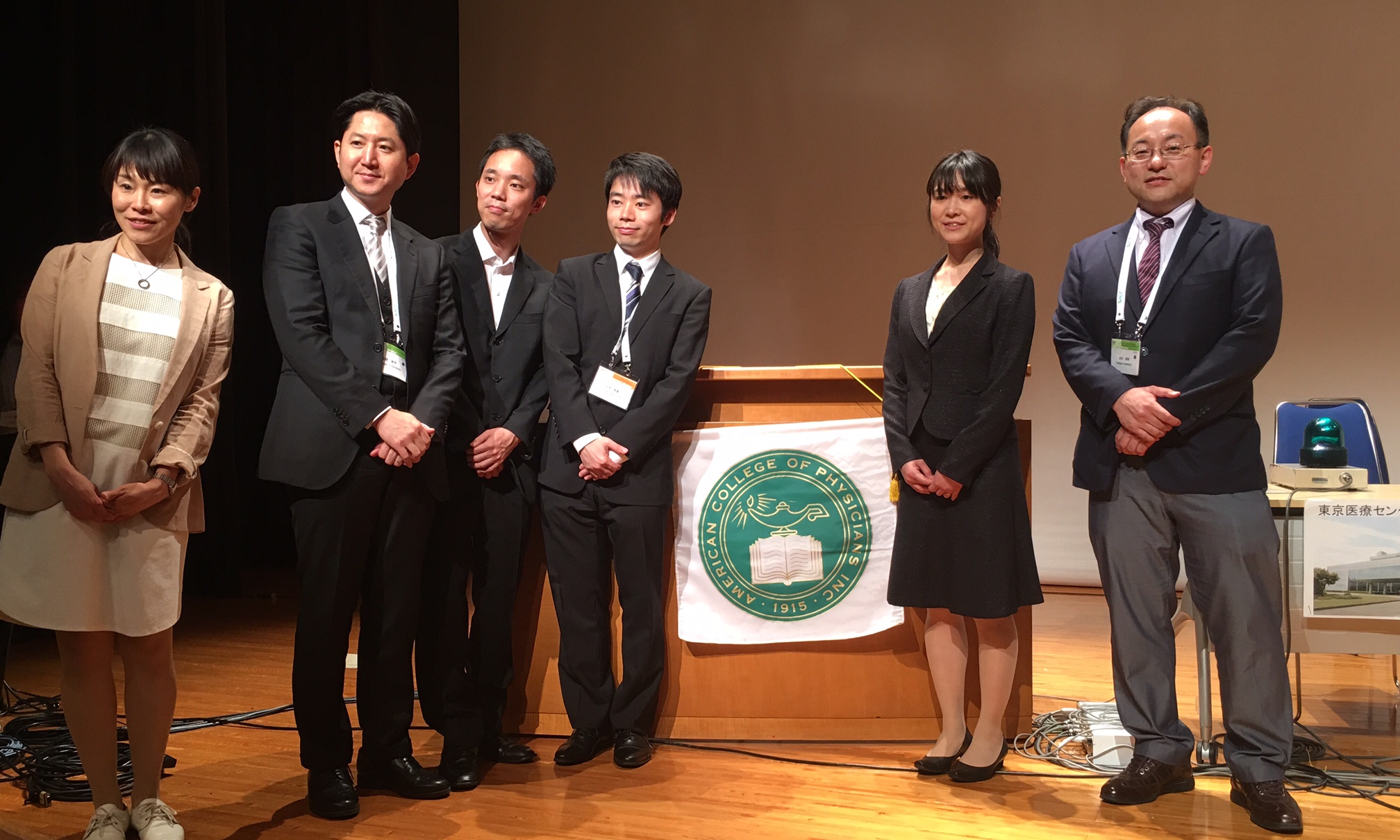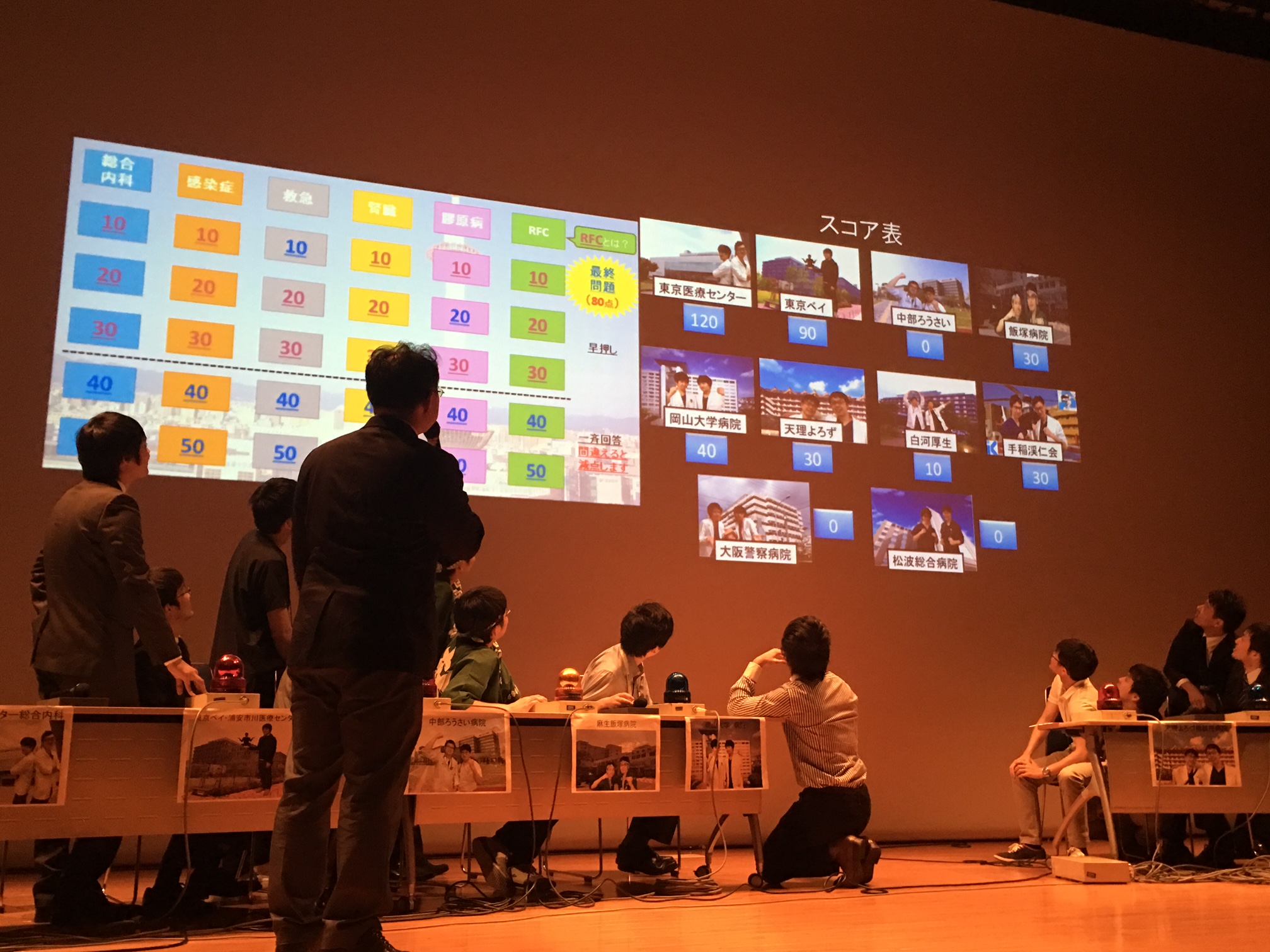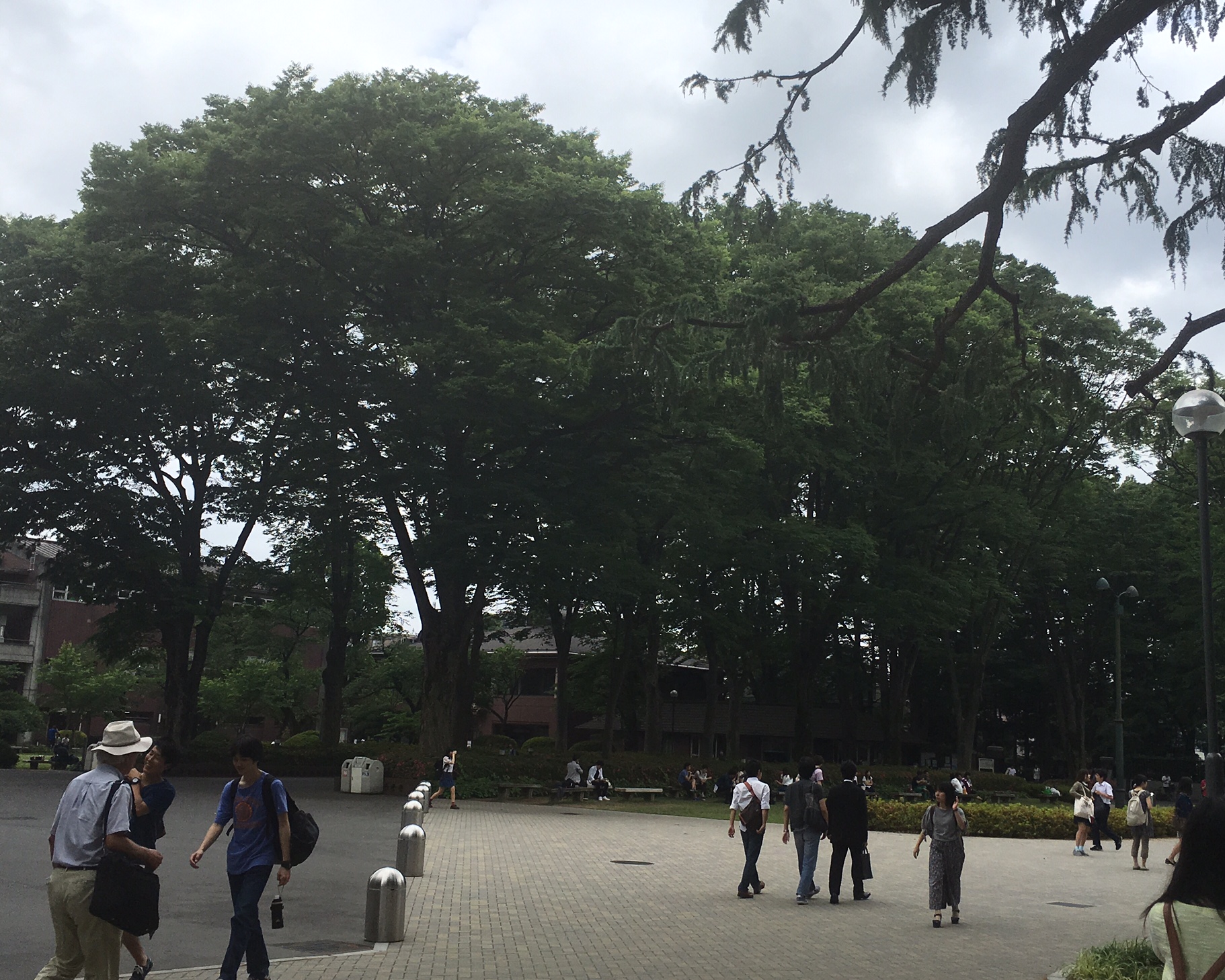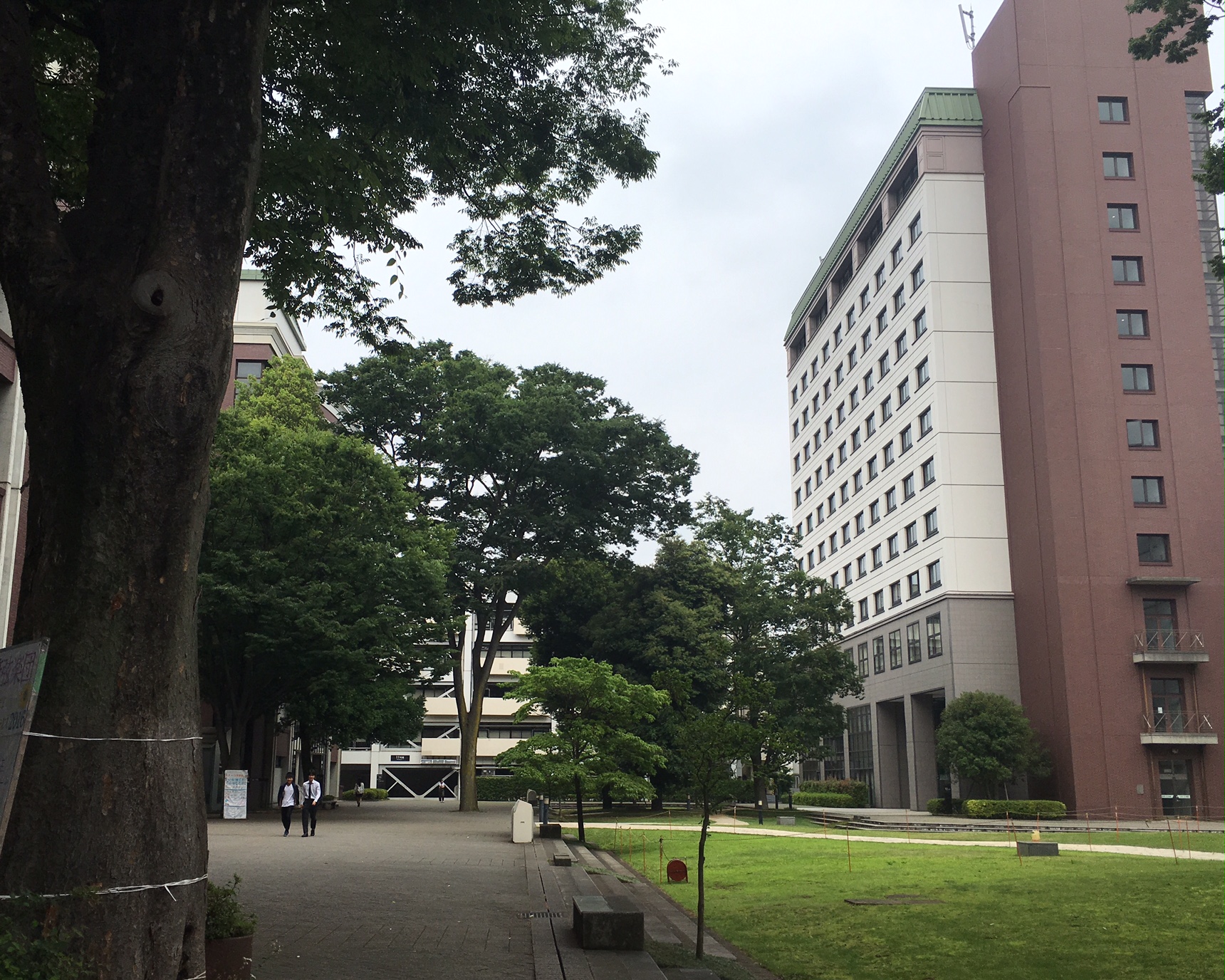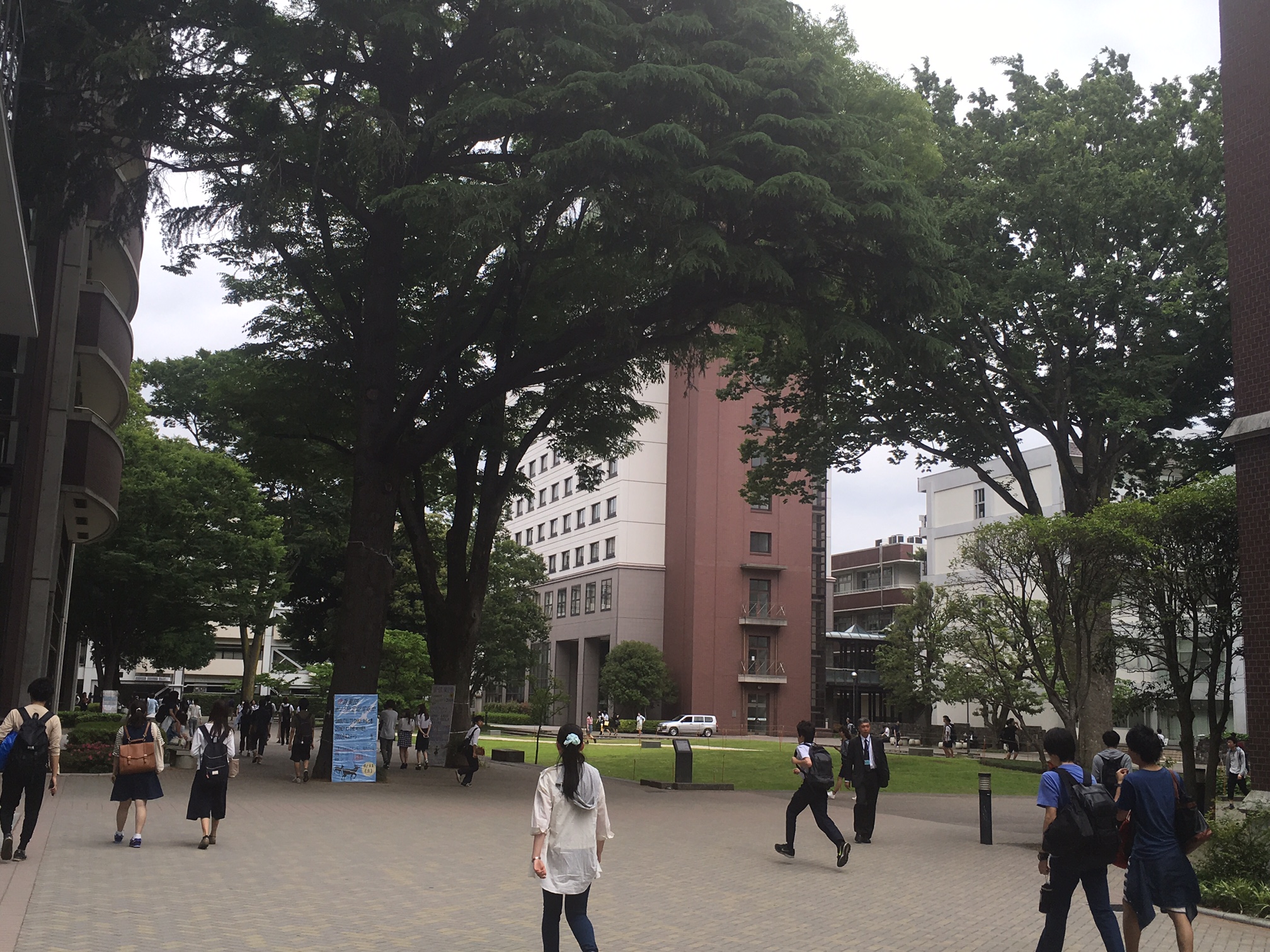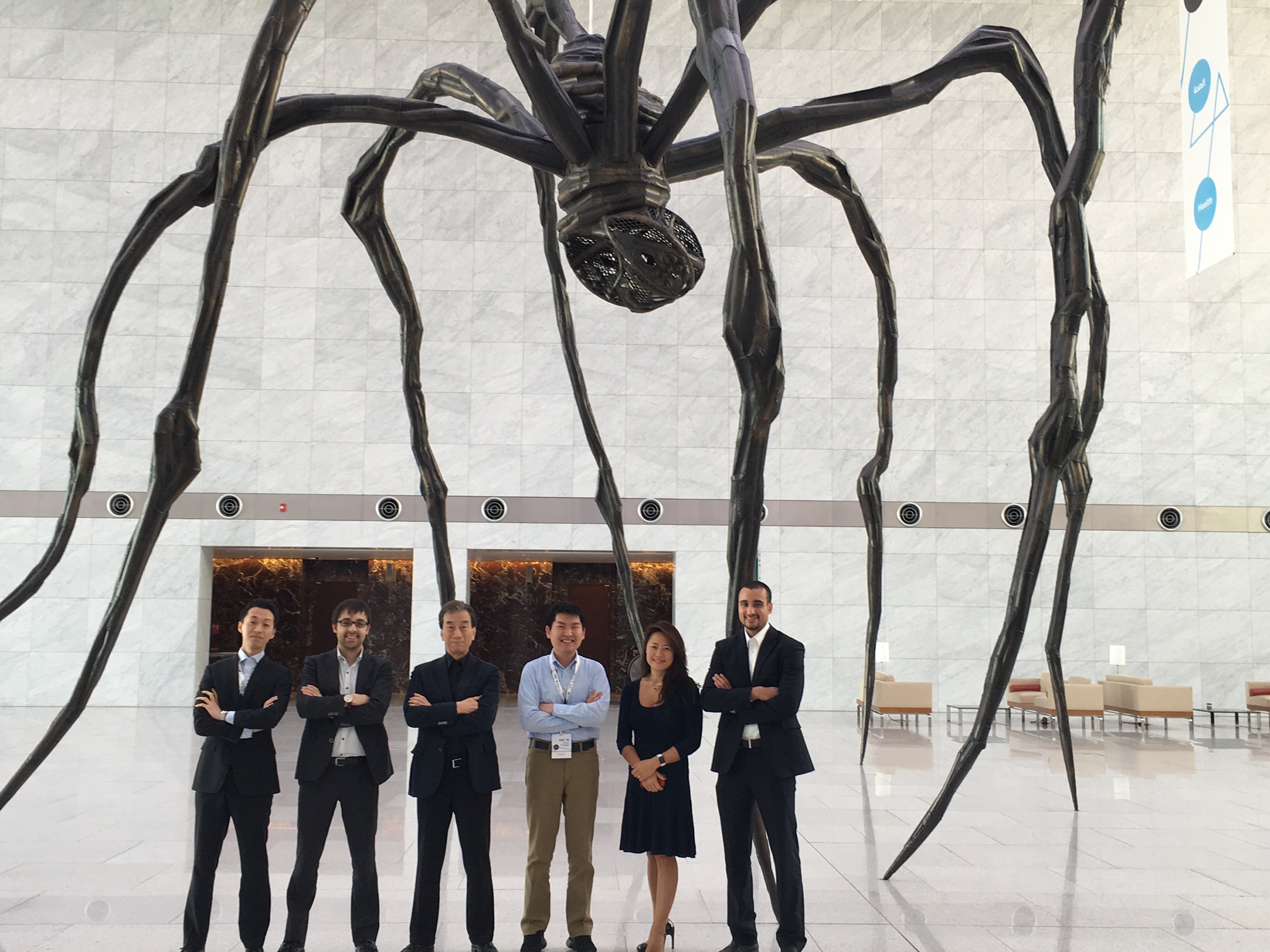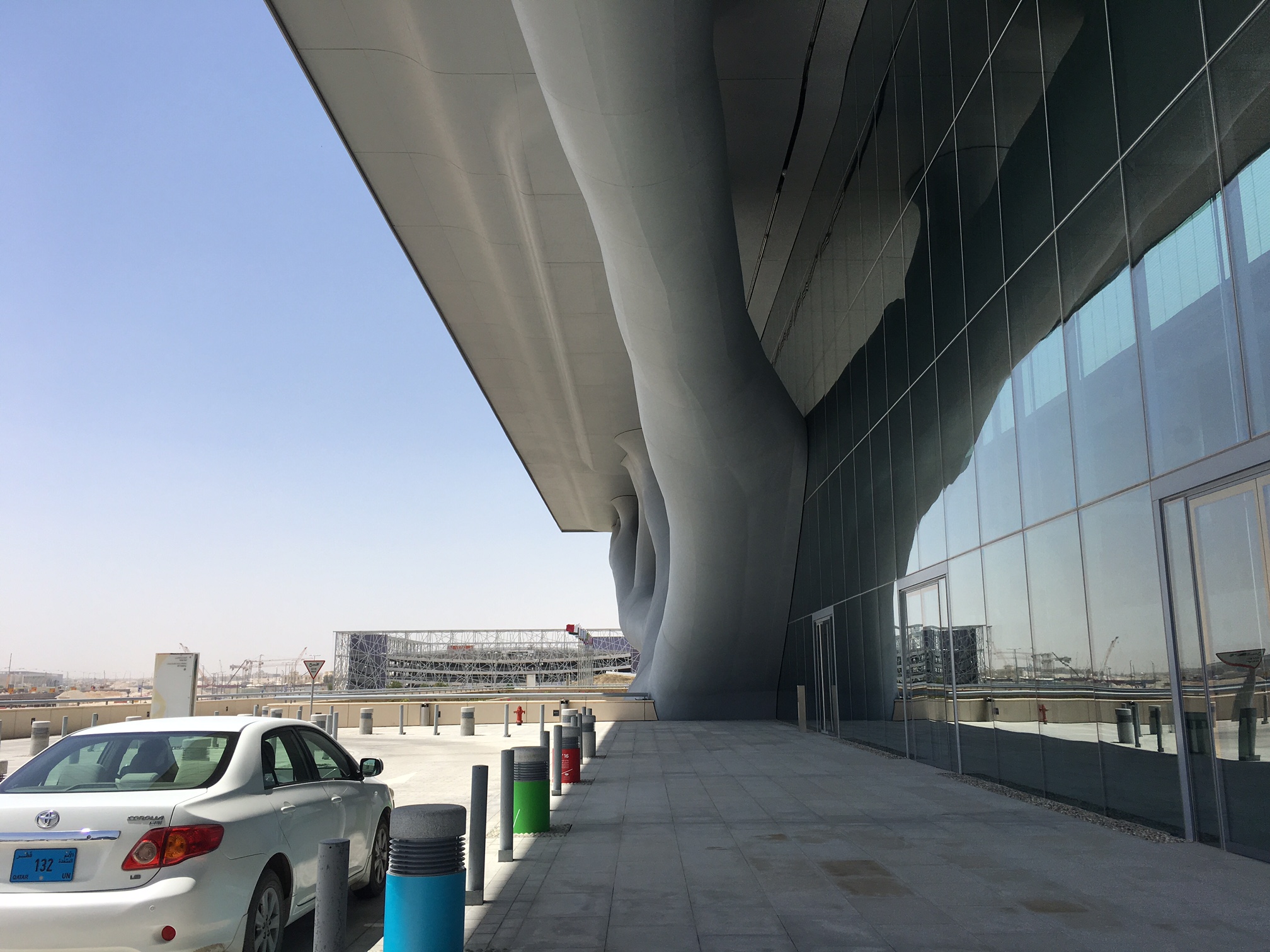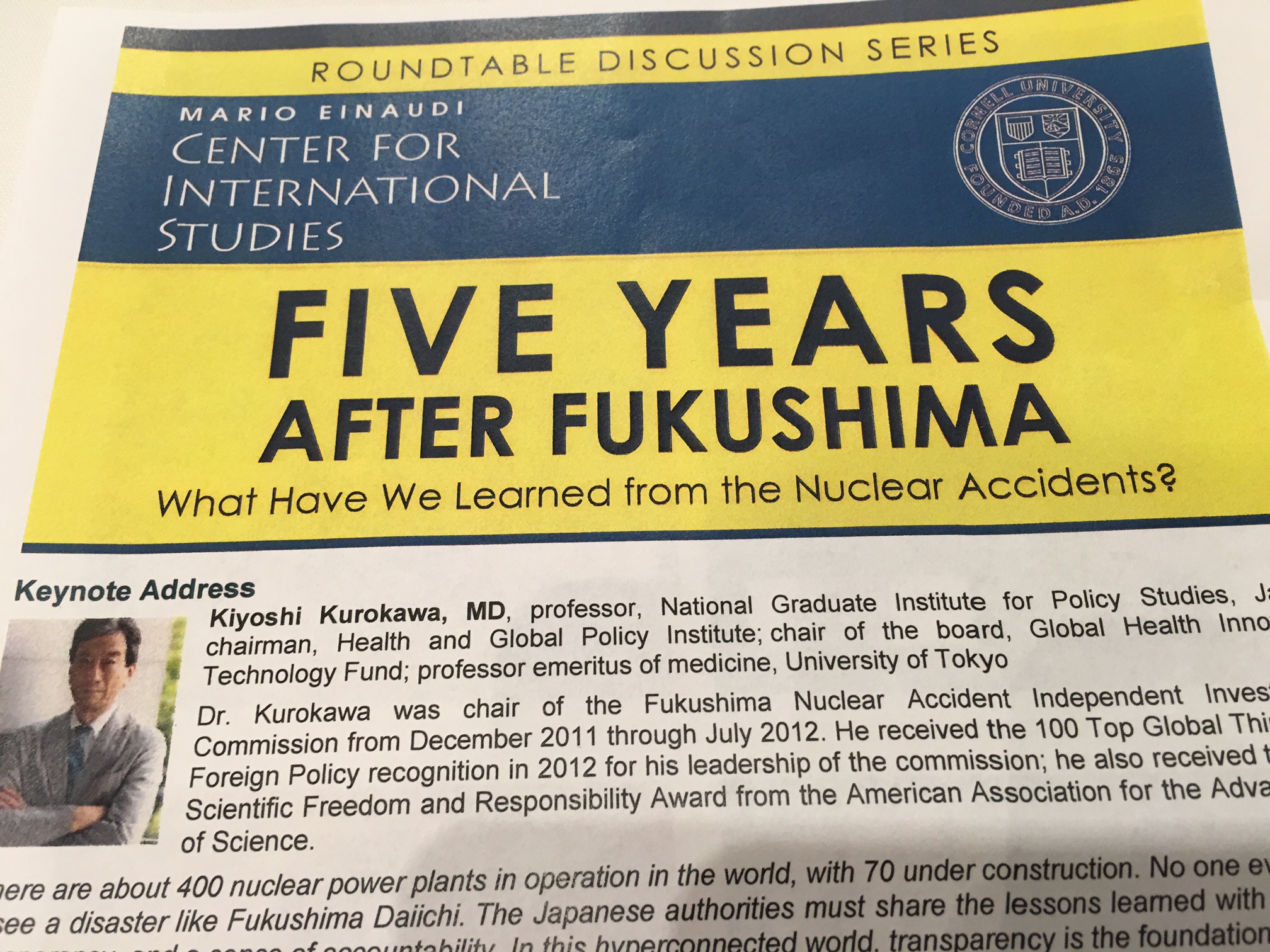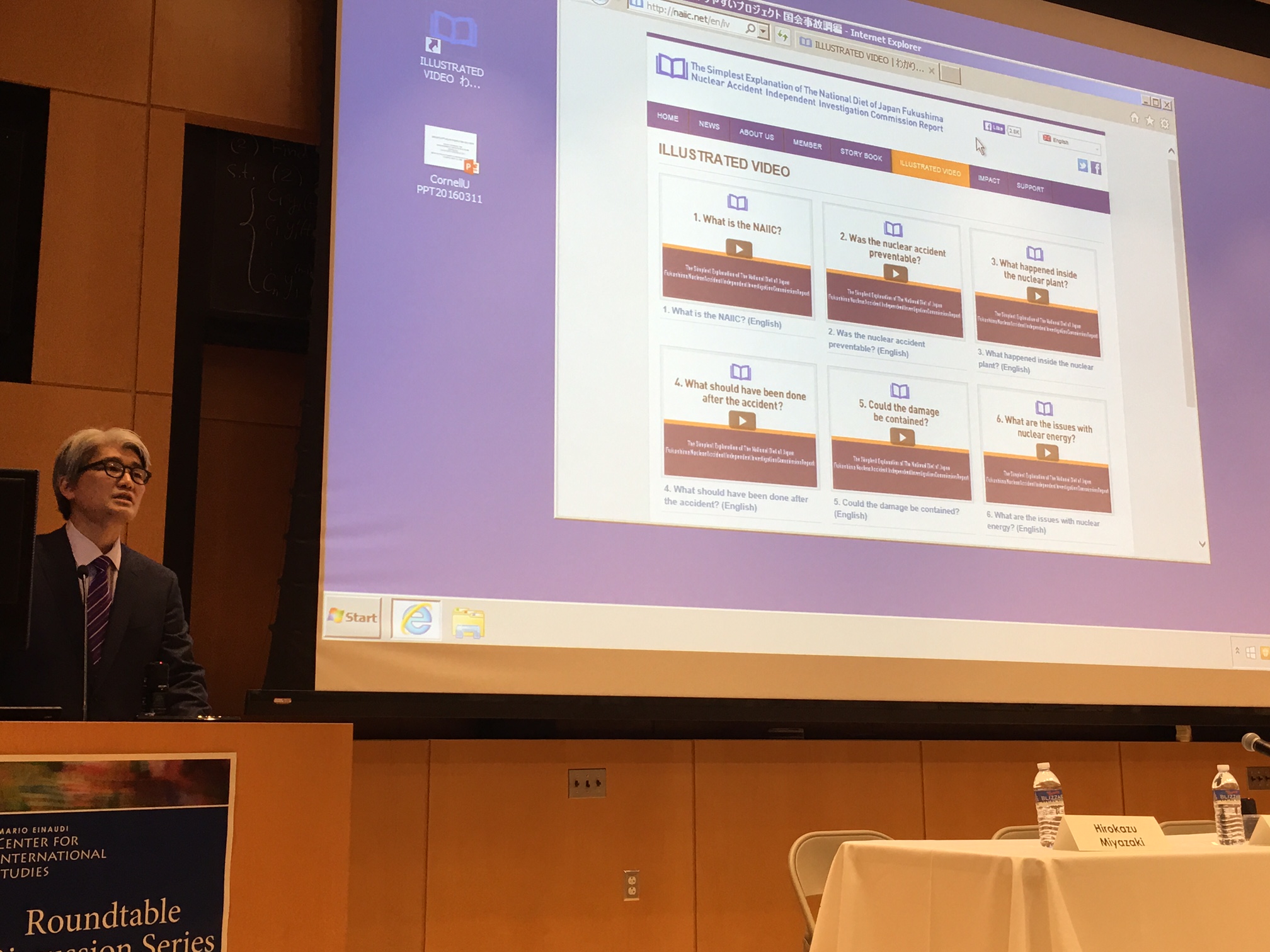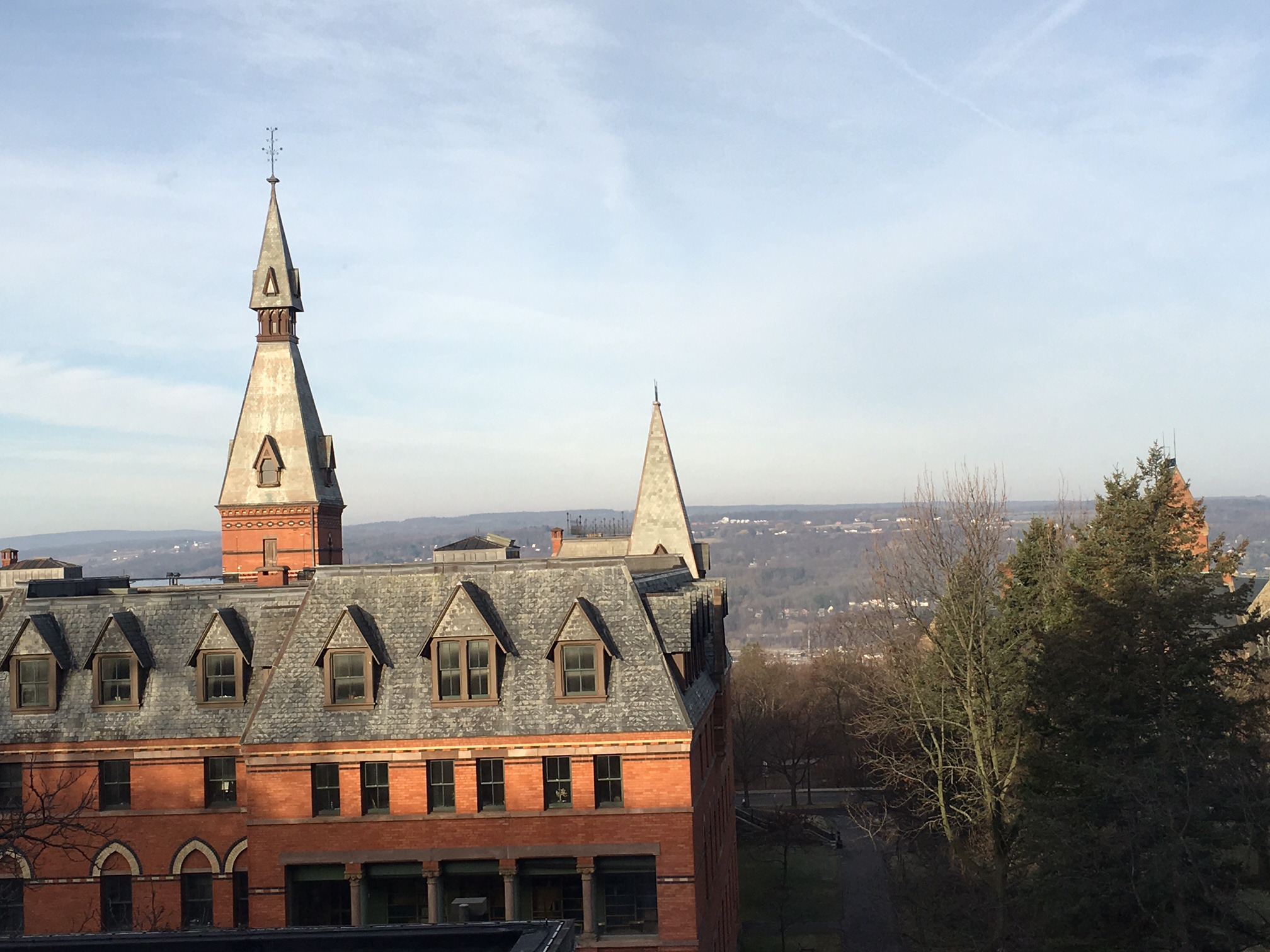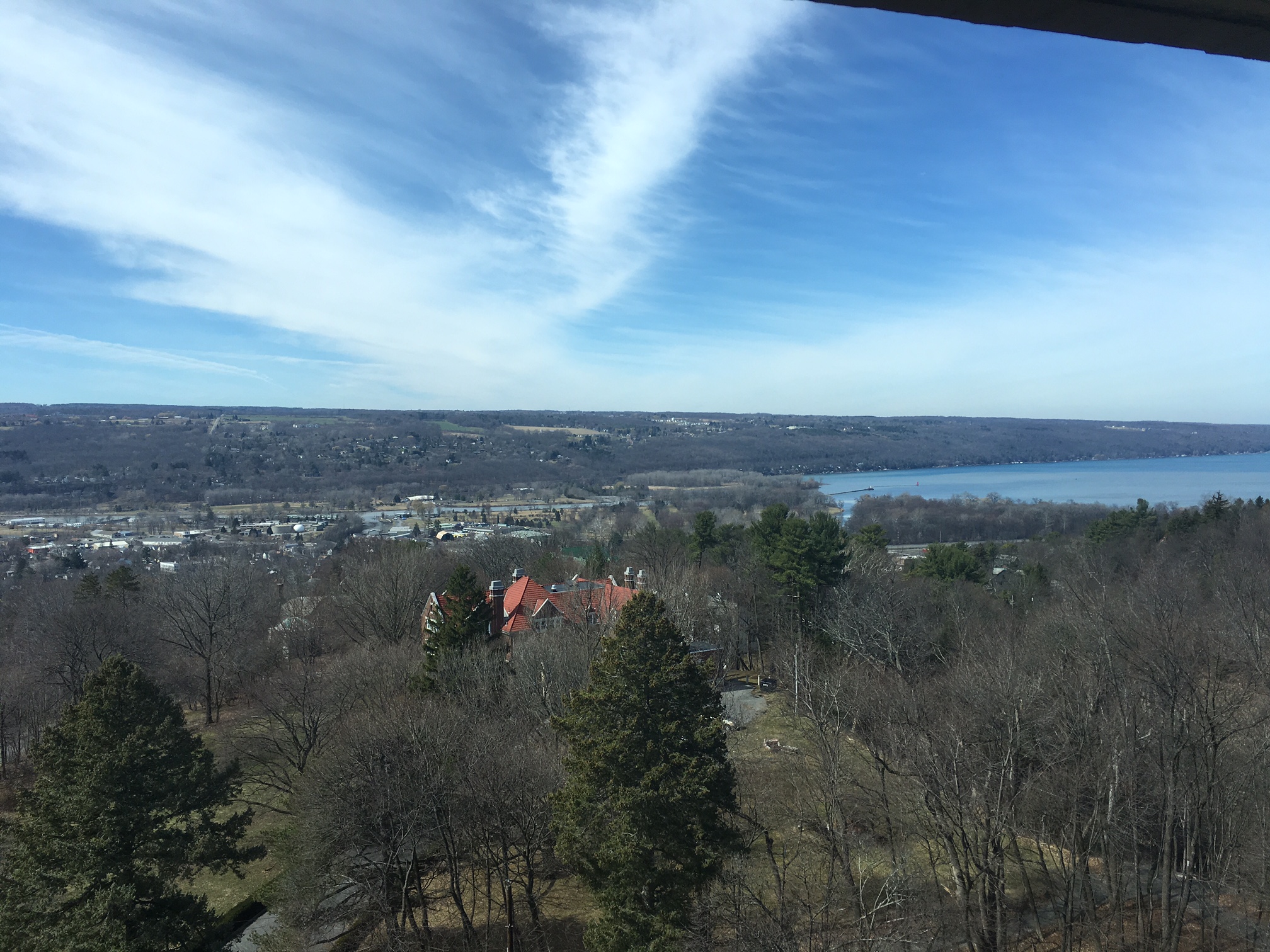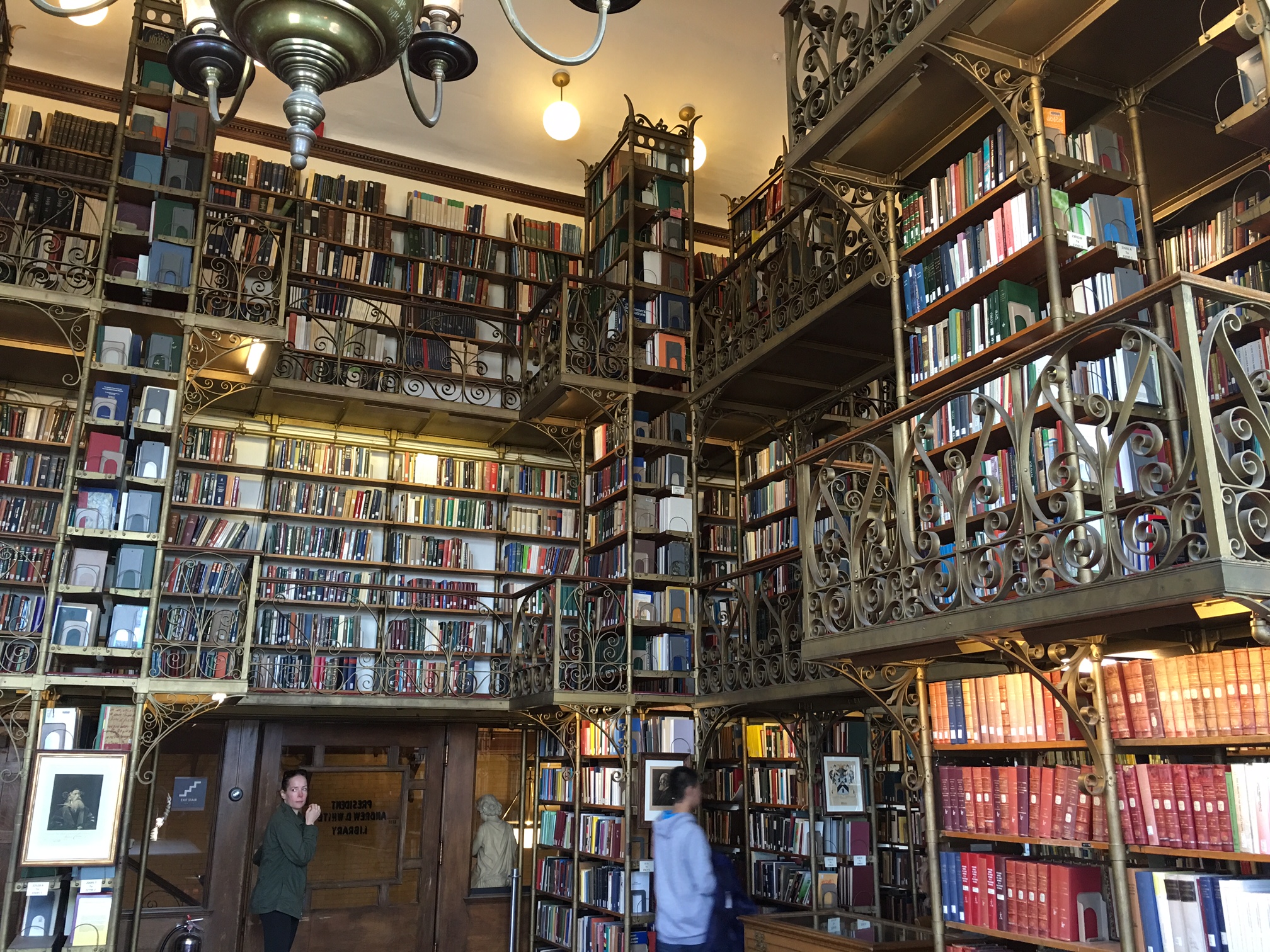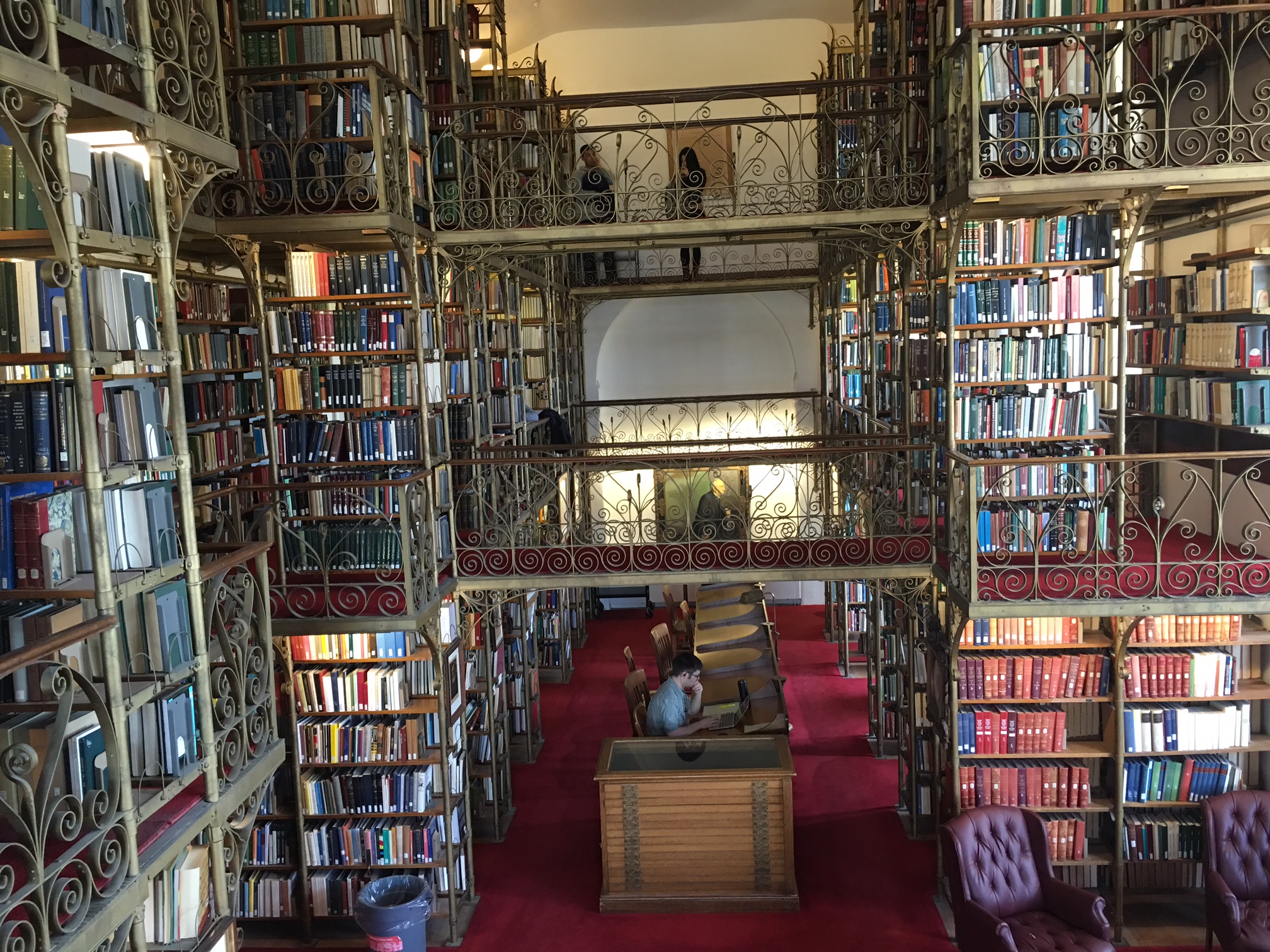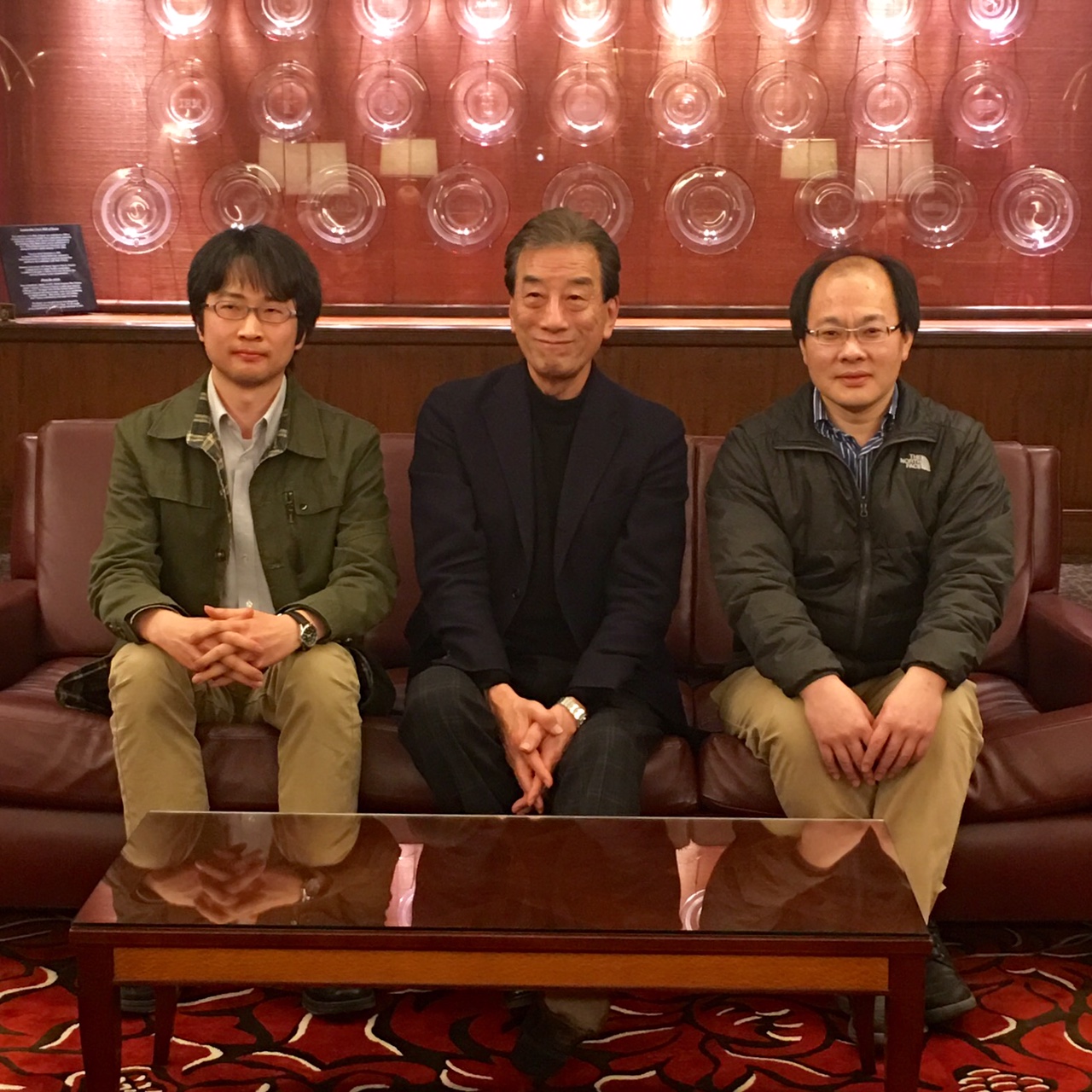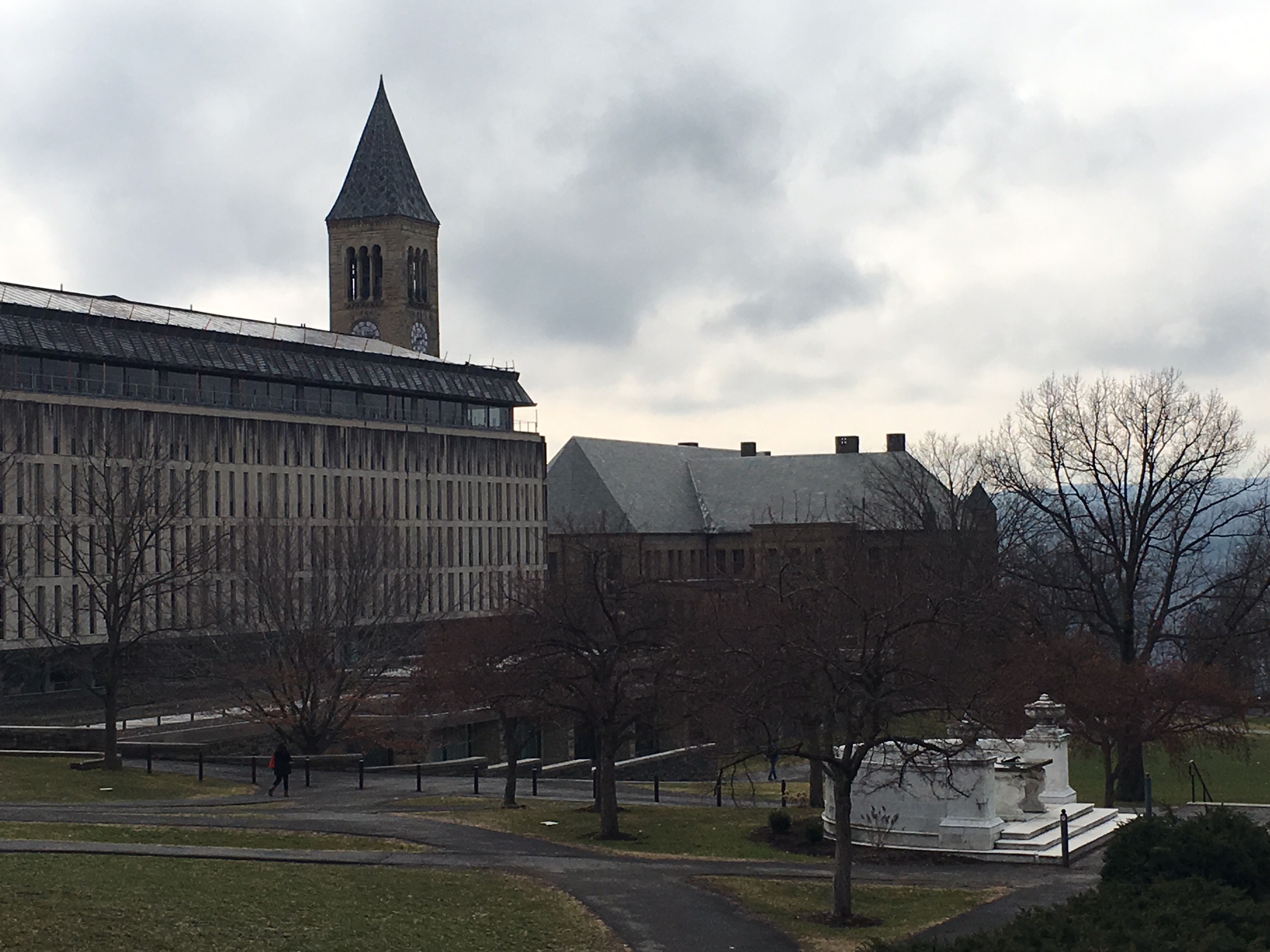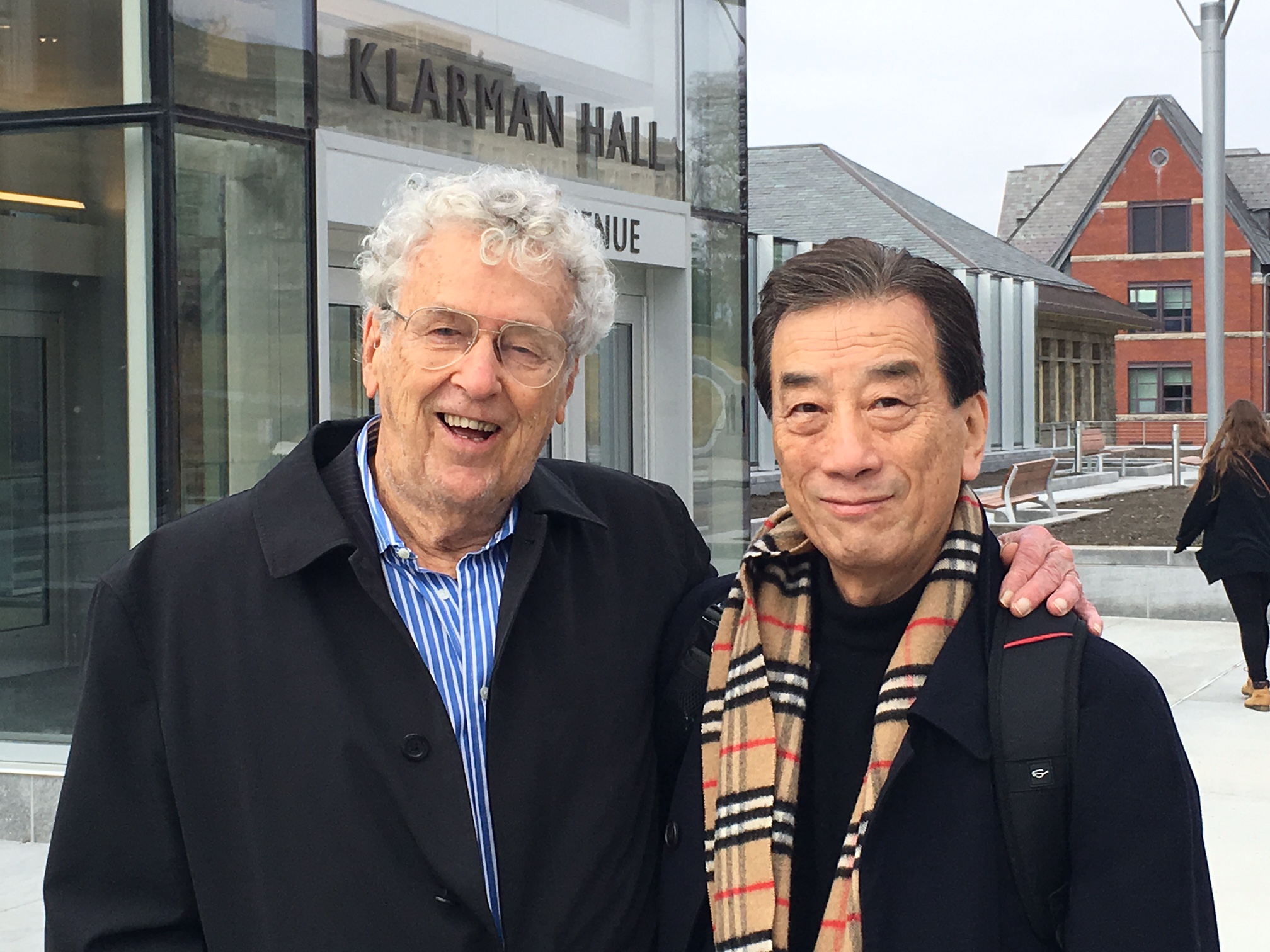→Japanese
When compared with the rest of the world, it seems that the higher education reforms in Japan, including those in the world of medicine, have not made much progress.
From around 1980, there have been revolutionary reforms in the field of life science and American and European universities began to undergo major reforms. Some leading examples are the educational reforms at McMaster University and the New Pathway at Harvard University.
Universities in Japan do not seem to understand such changing and new situations but the government has taken some initiatives, conducted under the systematic name of “reforms”. In the 1990s, there was the introduction of graduate universities and the overall reforms of universities, as well as the shift to become independent organizations. However, can it really be said that the higher education has changed fundamentally?
I was at the University of Tokyo from 1983 to 1996 and tried proposing many different suggestions. However, as usual, although many agreed with the bigger picture, they did not agree with the details and finer points. The environment and factors pertaining to medicine has also been changing. I am referring to the “five M’s” that I touched upon in my final lecture of my tenure at University of Tokyo in 1996 and in my keynote speech at the Japanese Society of Internal Medicine (in Japanese).
One of the things I tried at the University of Tokyo was to discuss with Harvard University a way to let students experience the New Pathway. We began this a year before I moved from the University of Tokyo to Tokai University. I gathered the funding for three years. Eight Japanese students and six students and two faculty members from the Harvard School of Medicine came to the University of Tokyo at the end of spring for one week. Students from the University of Tokyo spent one week at Harvard in the autumn.
When I look back on the records and reports from that time, it is clear that the experience was a very positive one with high impact for both of the students, especially on the University of Tokyo students.
In 1996, the second year, the member of the faculty at Harvard who participated was Dr. Thomas Inui. Dr. Inui is a third generation Japanese American and is a pioneer in medical education reform in US.
Afterwards, there were some attempts for reform of medical education at the University of Tokyo. At one of those, Dr. Inui was invited for three months and very critically conducted inspections and interviews, based upon which he wrote the very substantial Inui Report. This was fifteen years ago.
Reflecting upon the time that has passed since then, it cannot be said that there has been effective use or implementation of the proposals. This June, Dr. Inui was invited to the University of Tokyo in order to speak about the “The University of Tokyo medical education after fifteen years.” And he gave a speech as well as served as a panelist. I was also invited to be a panelist.
As expected, there were few participants, only around 25. Unfortunately or as expectedly, professors were absent except for Dr. Hashimoto and Dr. Shibuya, who are in the field of public health and have earned their PhDs at the Harvard University School of Public Heath (which is quite a feat).
Dr. Inui’s speech is entitled “Curriculum Stagnation at Todai School of Medicine- A Sober Analysis.”
It was a passionate speech from the heart that pointed out the great effort that had been poured into creating the proposals, made possible by getting the cooperation of the dean of the University of Tokyo School of Medicine. However, most have not been implemented or developed further, while the world continues to change all around.
I share this criticism, particularly when I see the reality of the higher education in Japan and other universities around in the changing world, especially the many rising universities in Asia.


